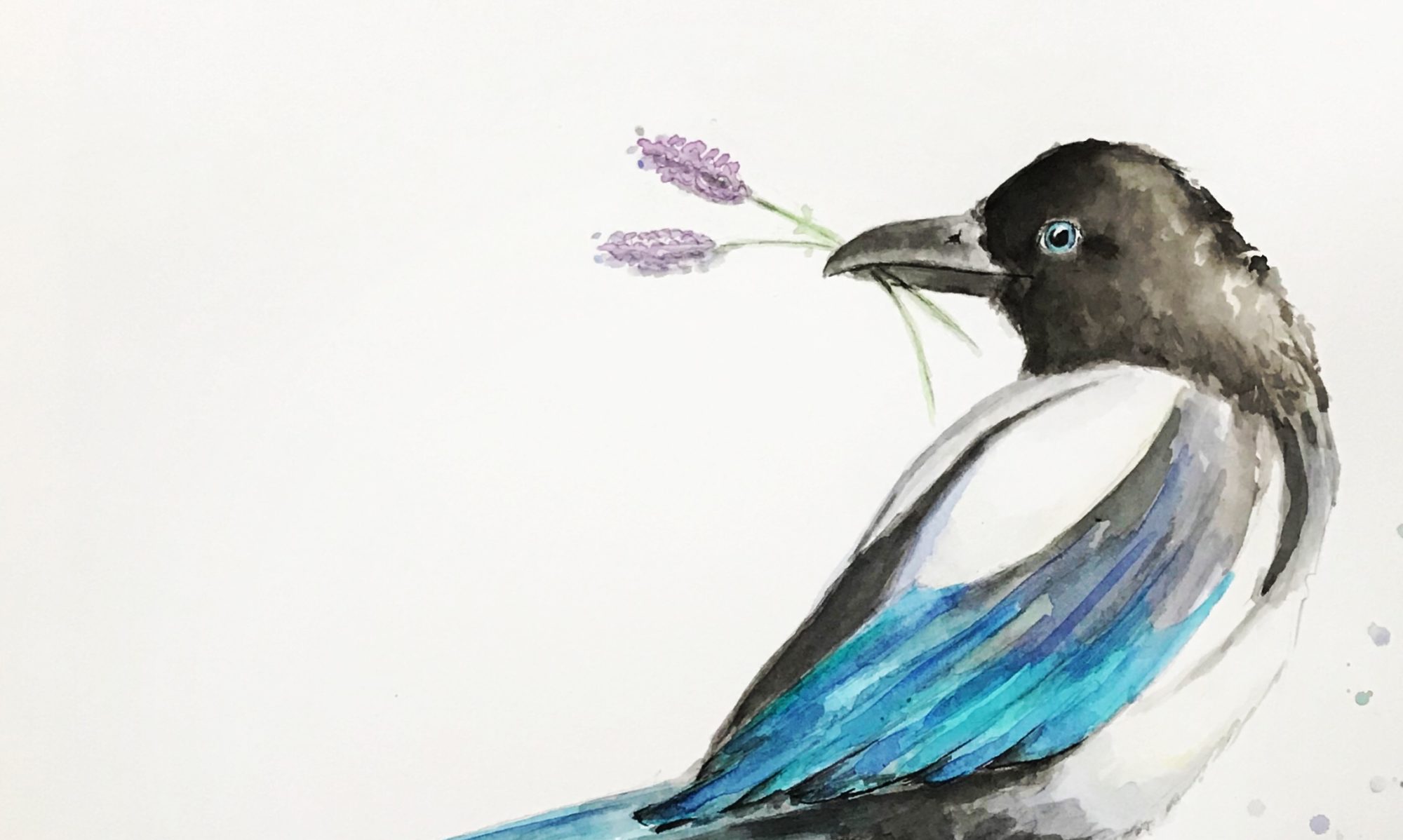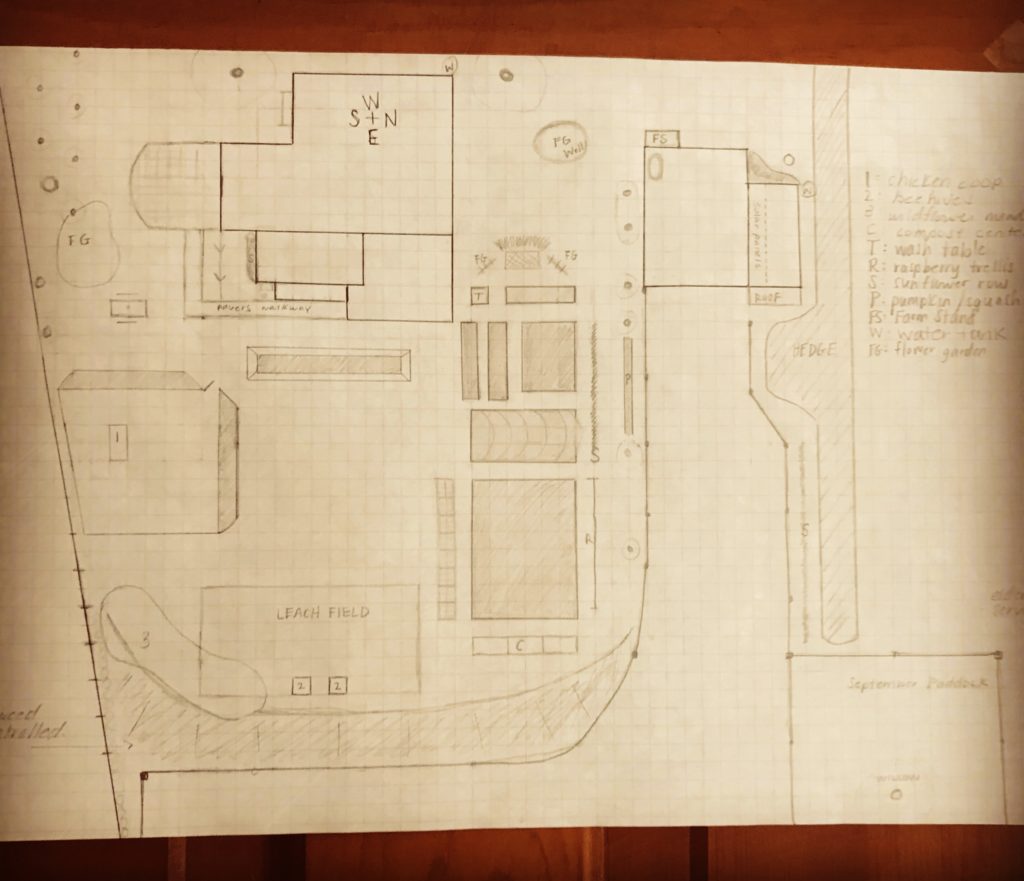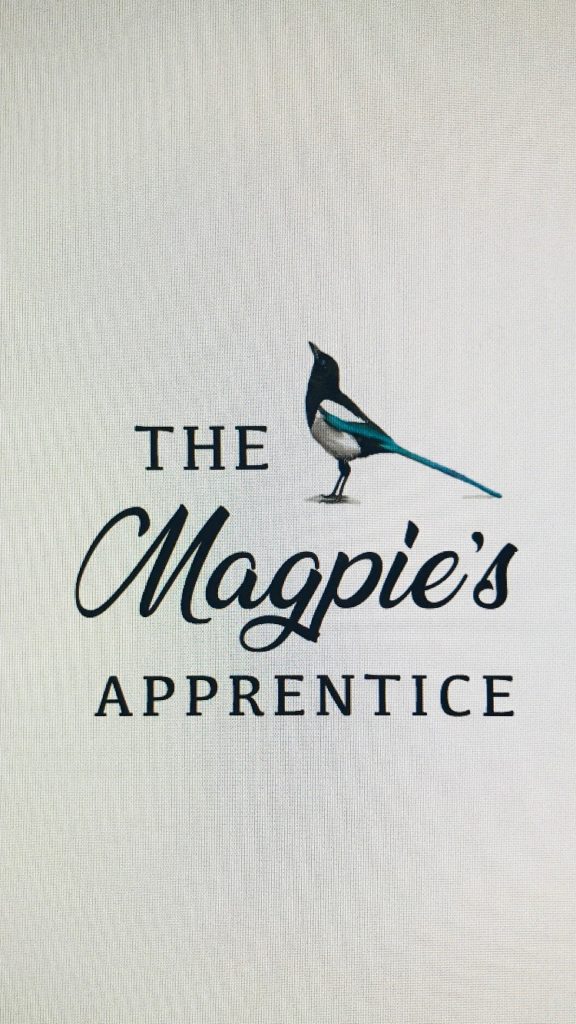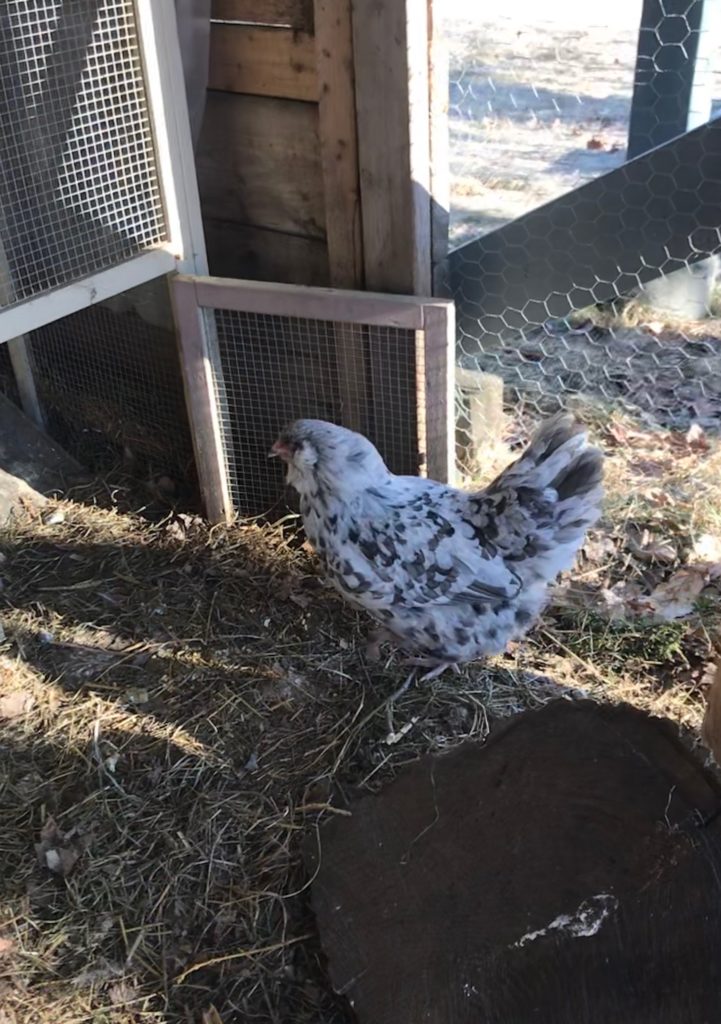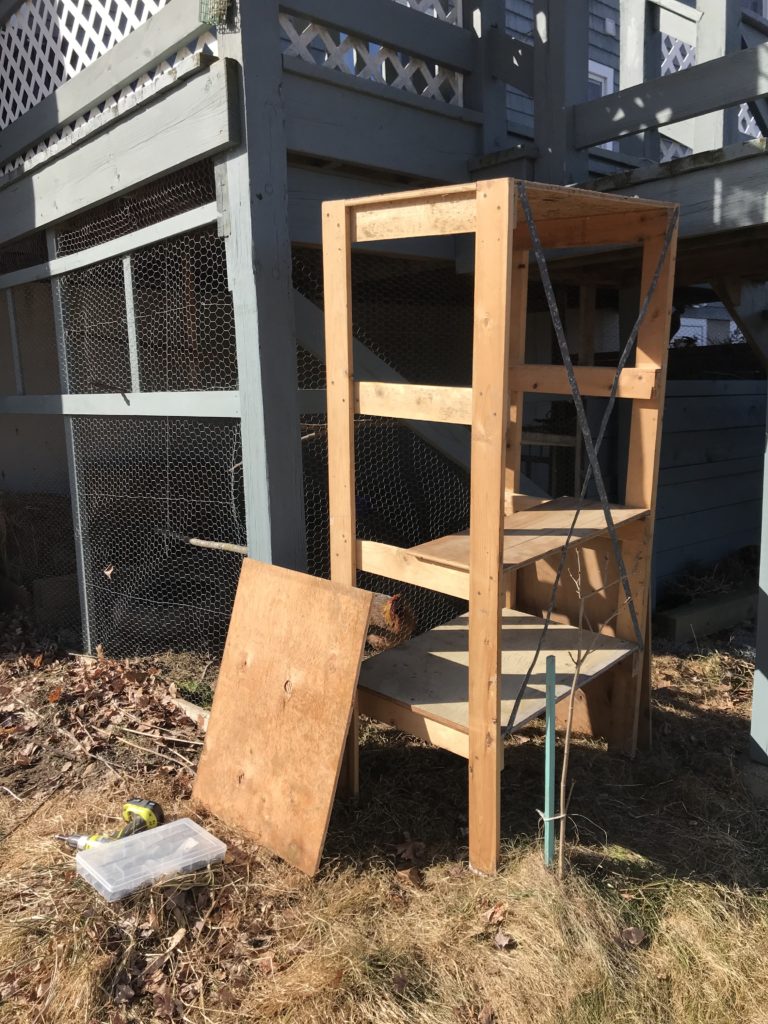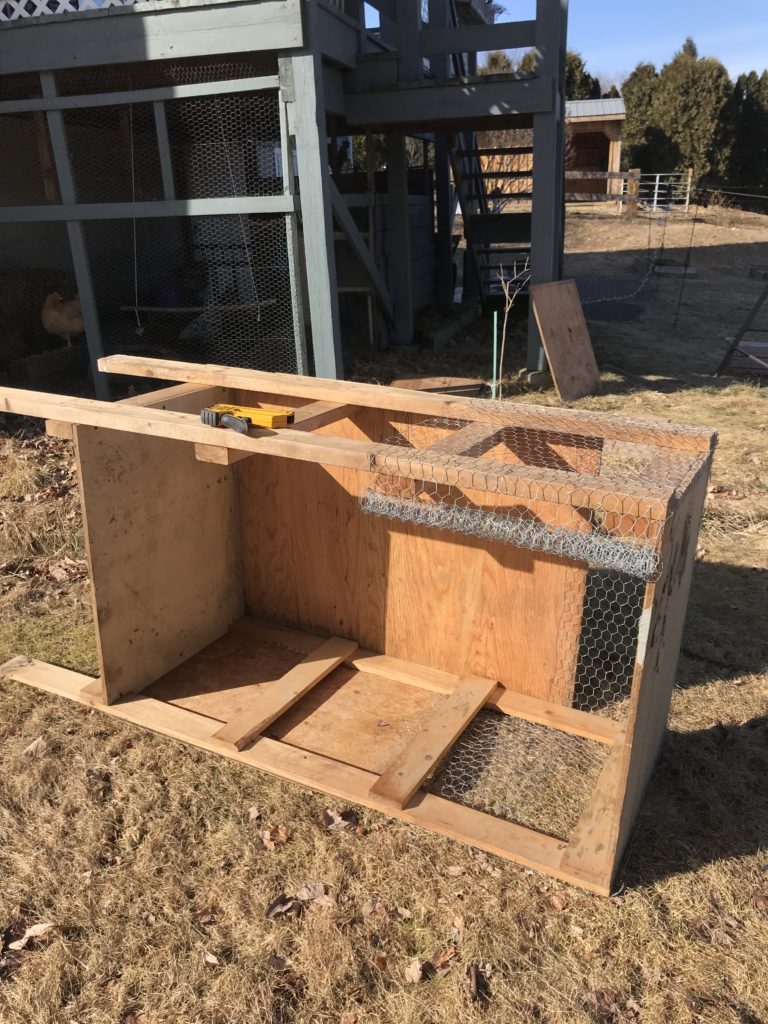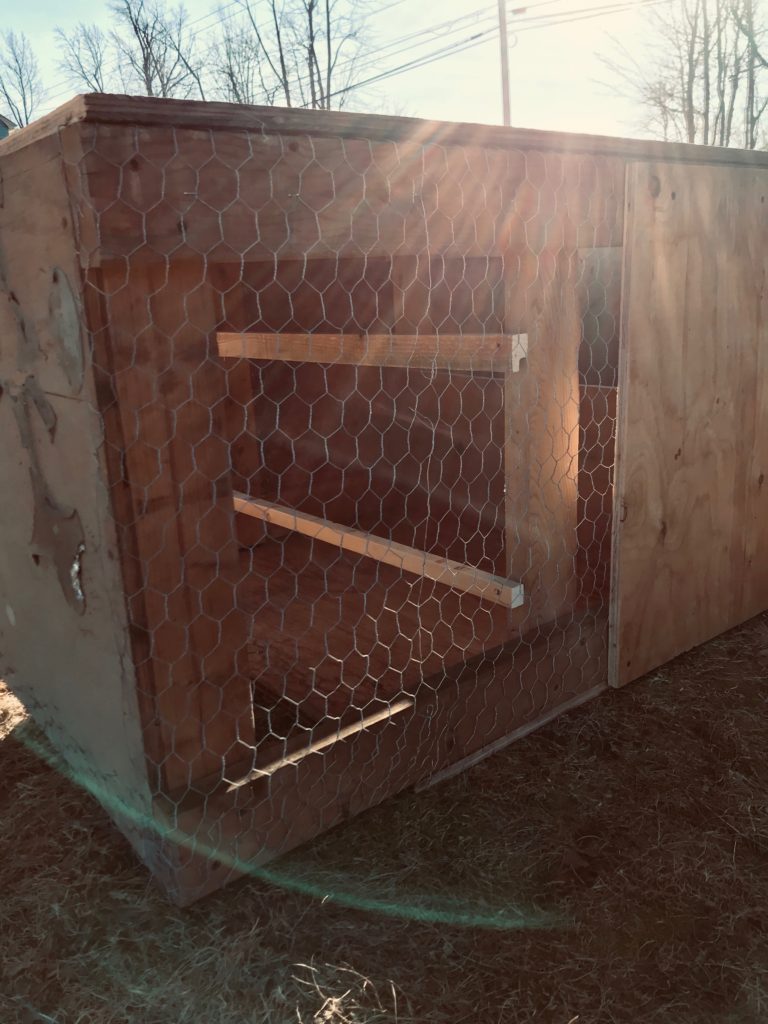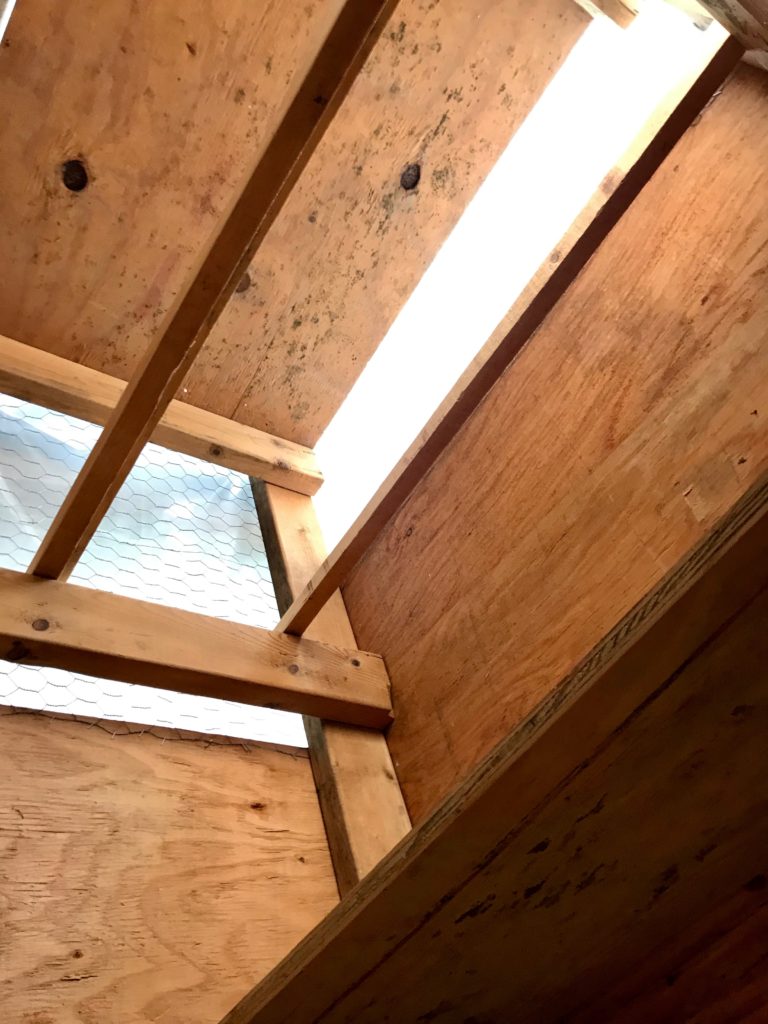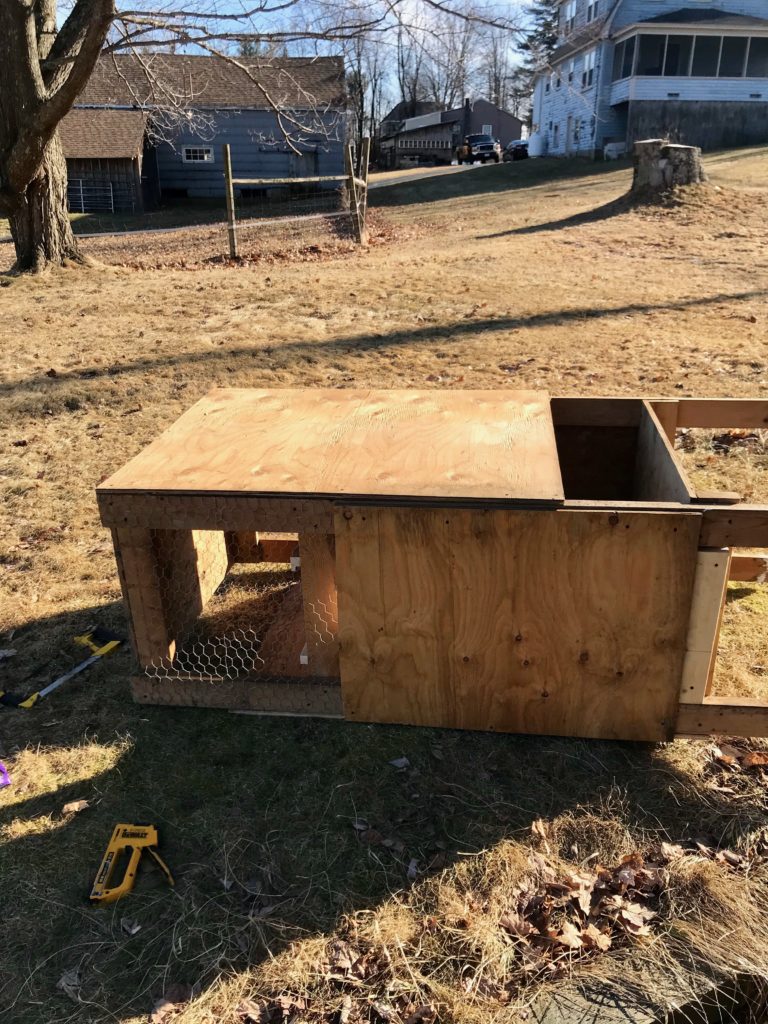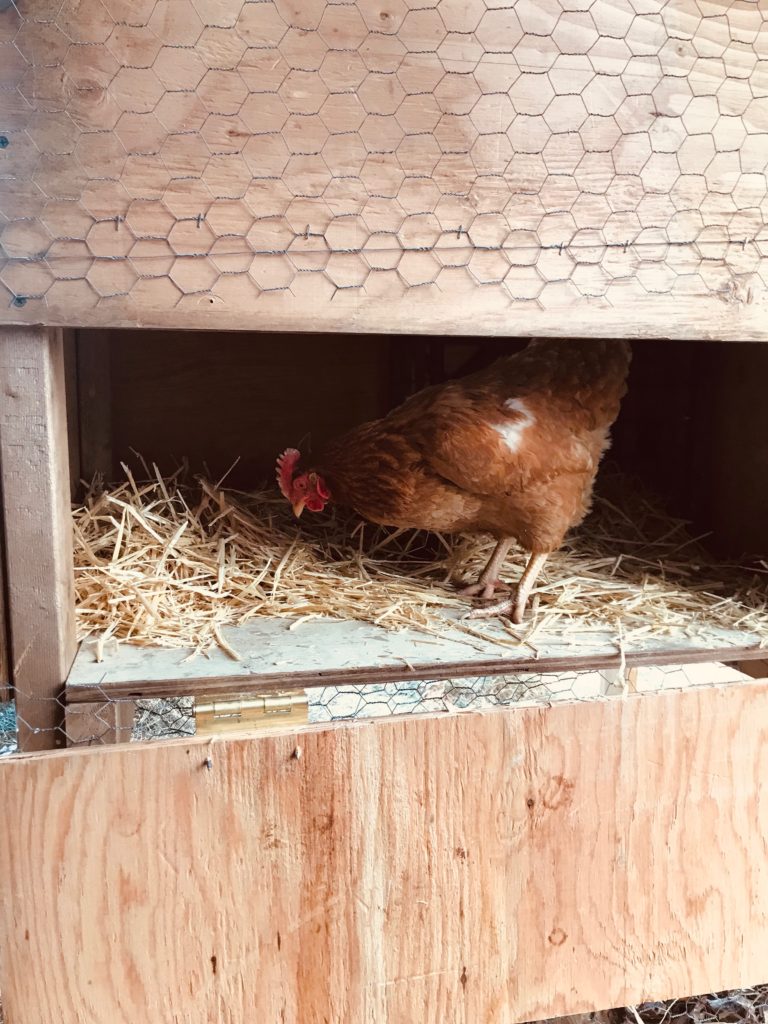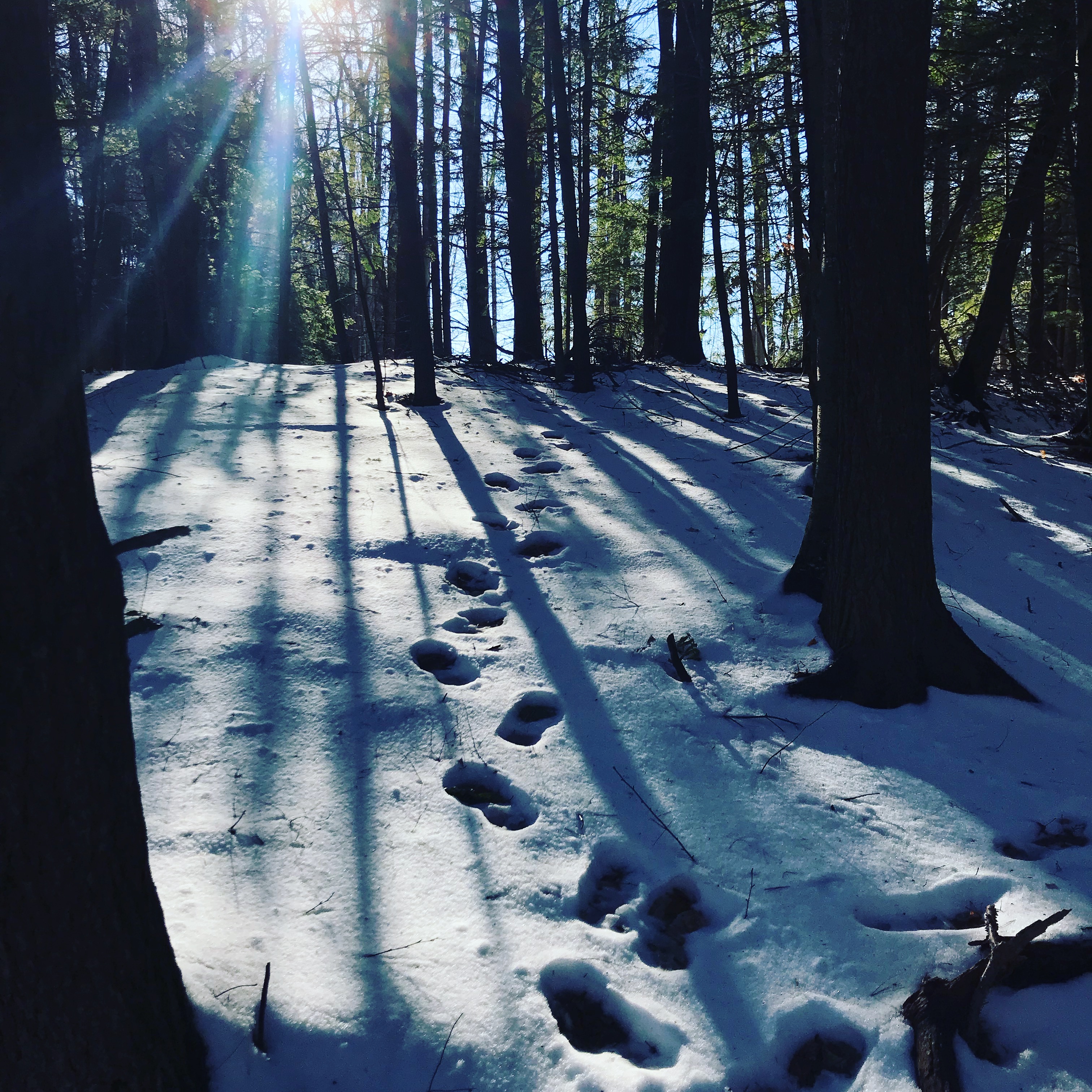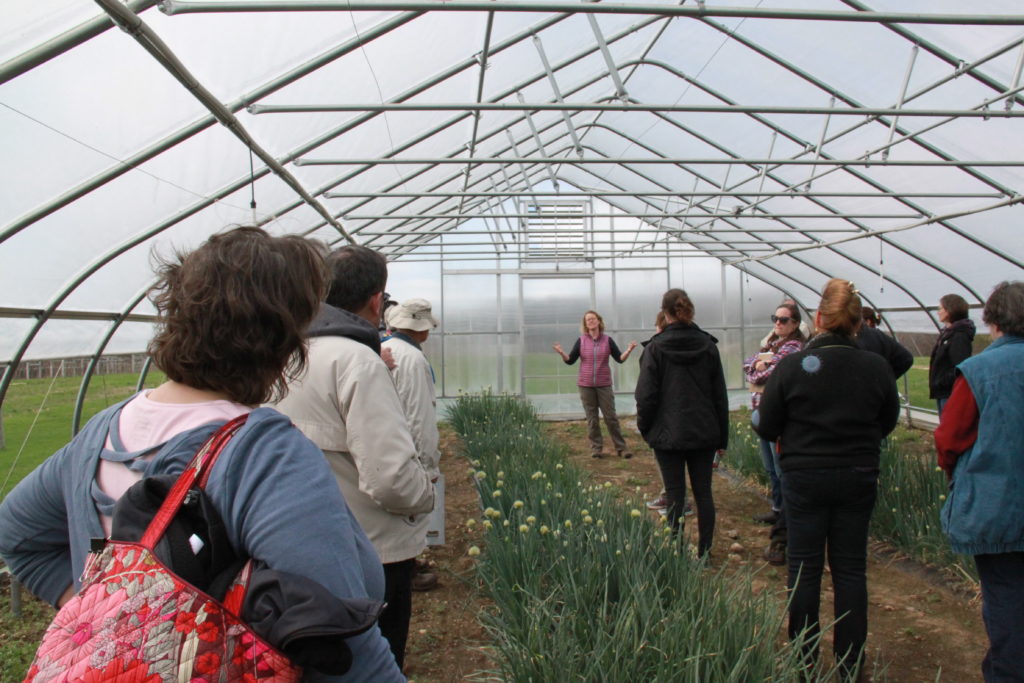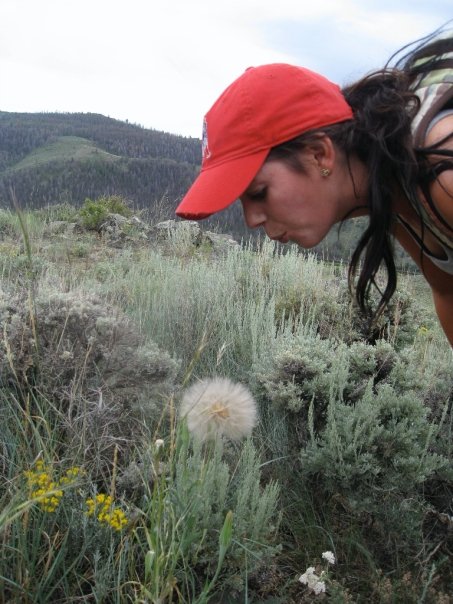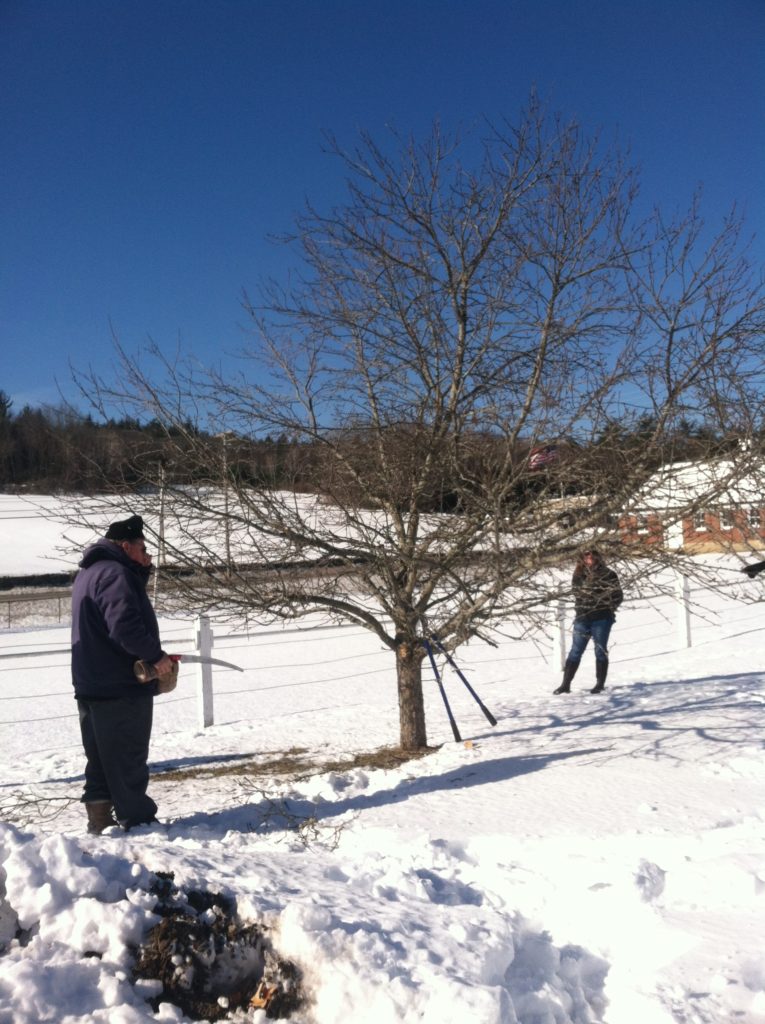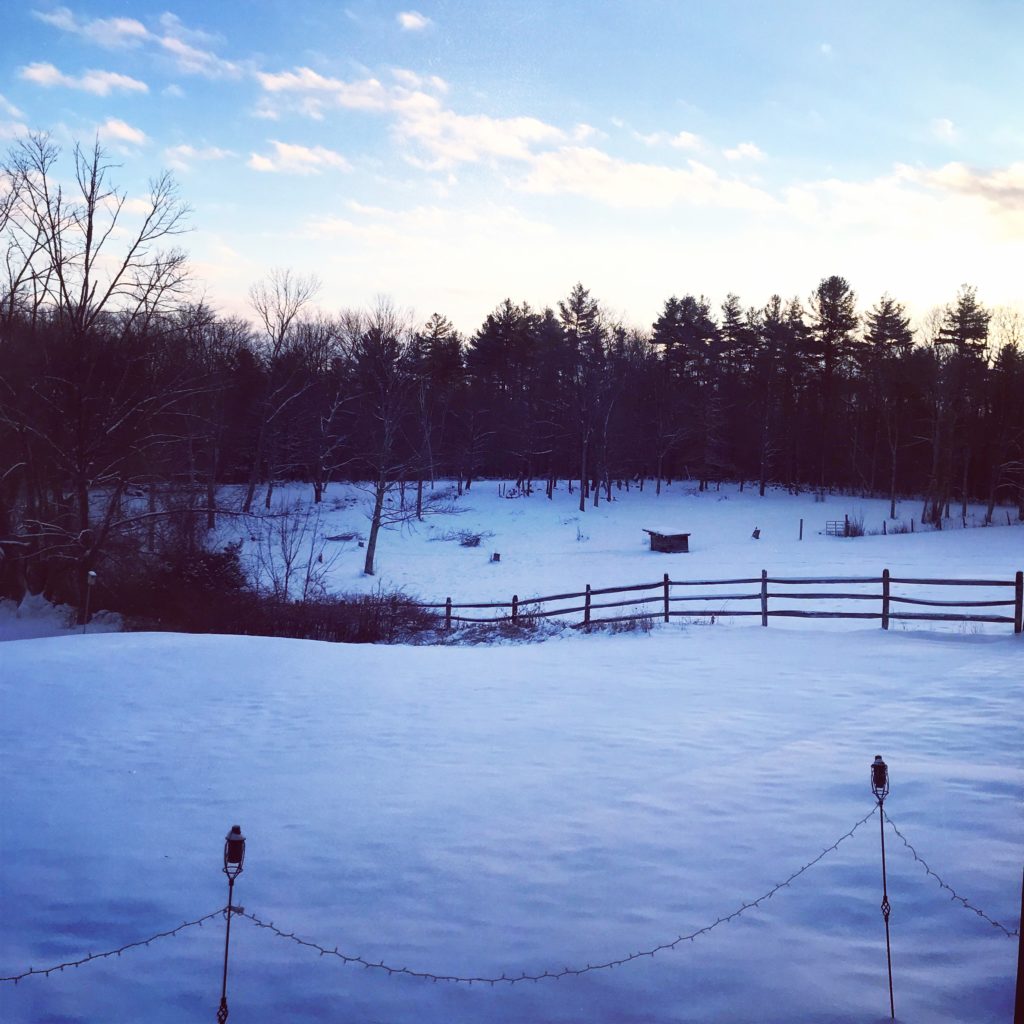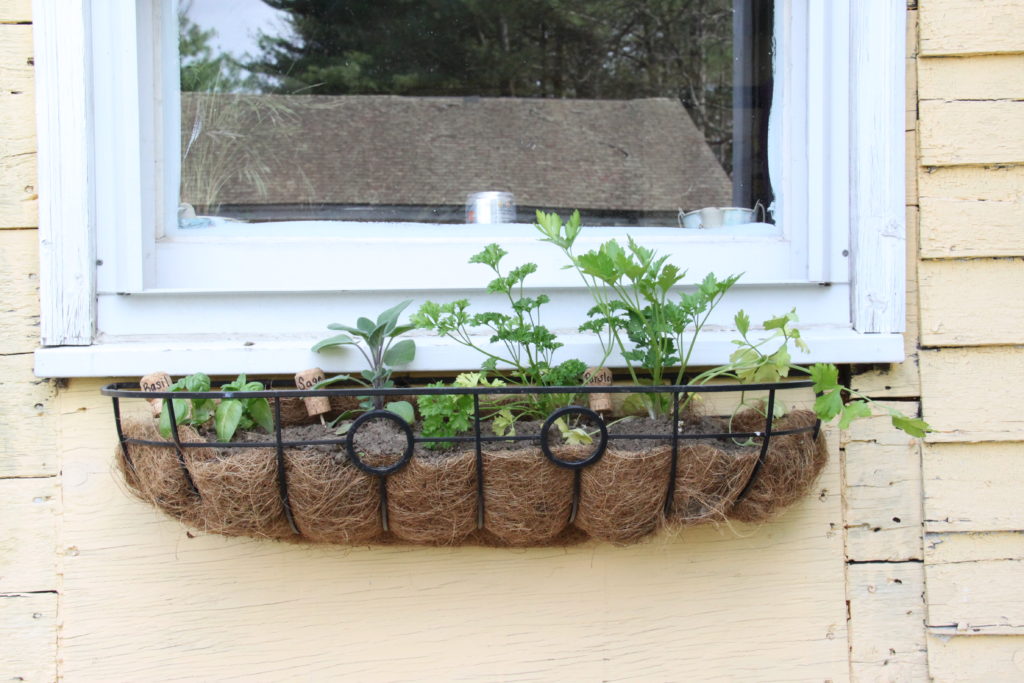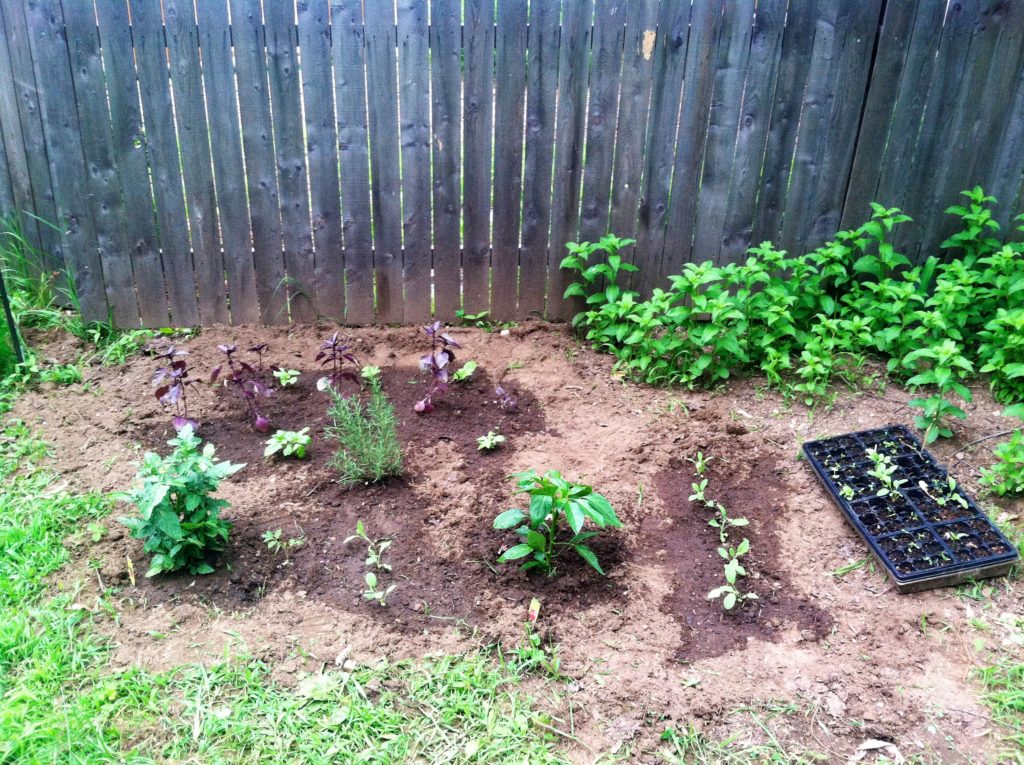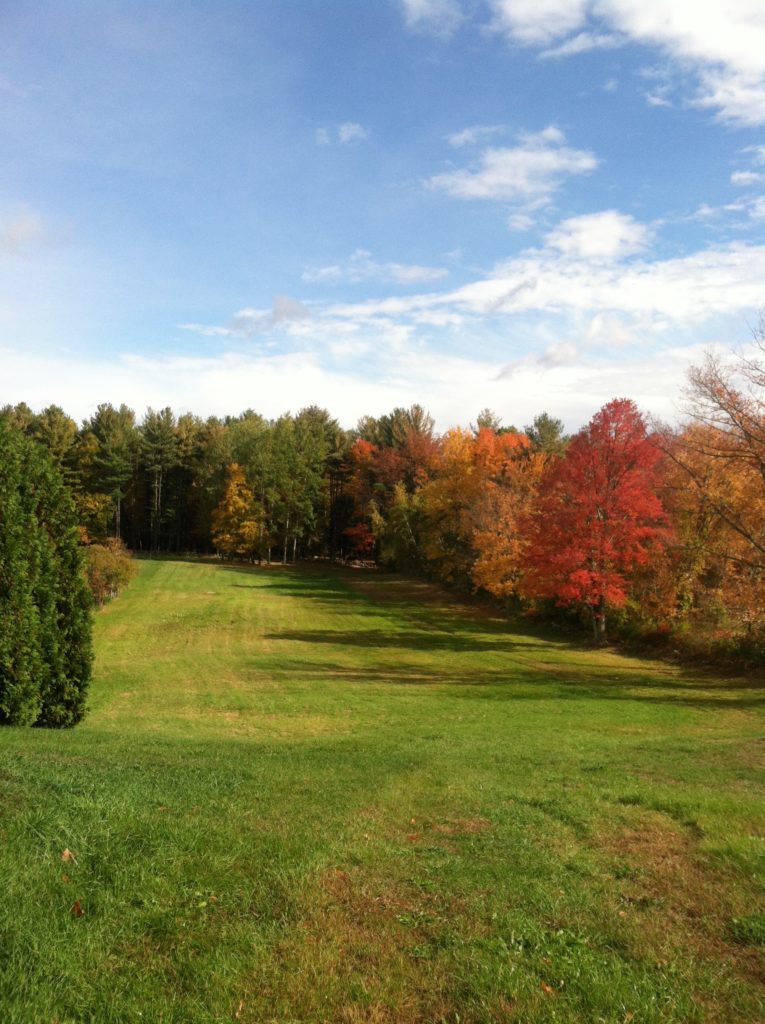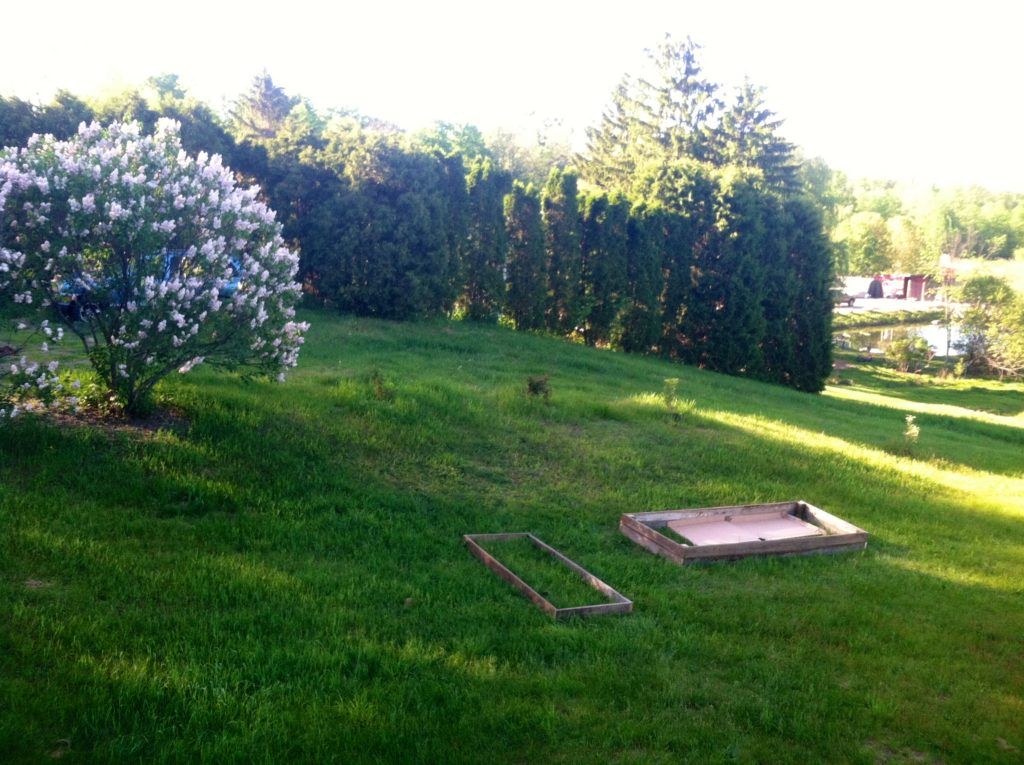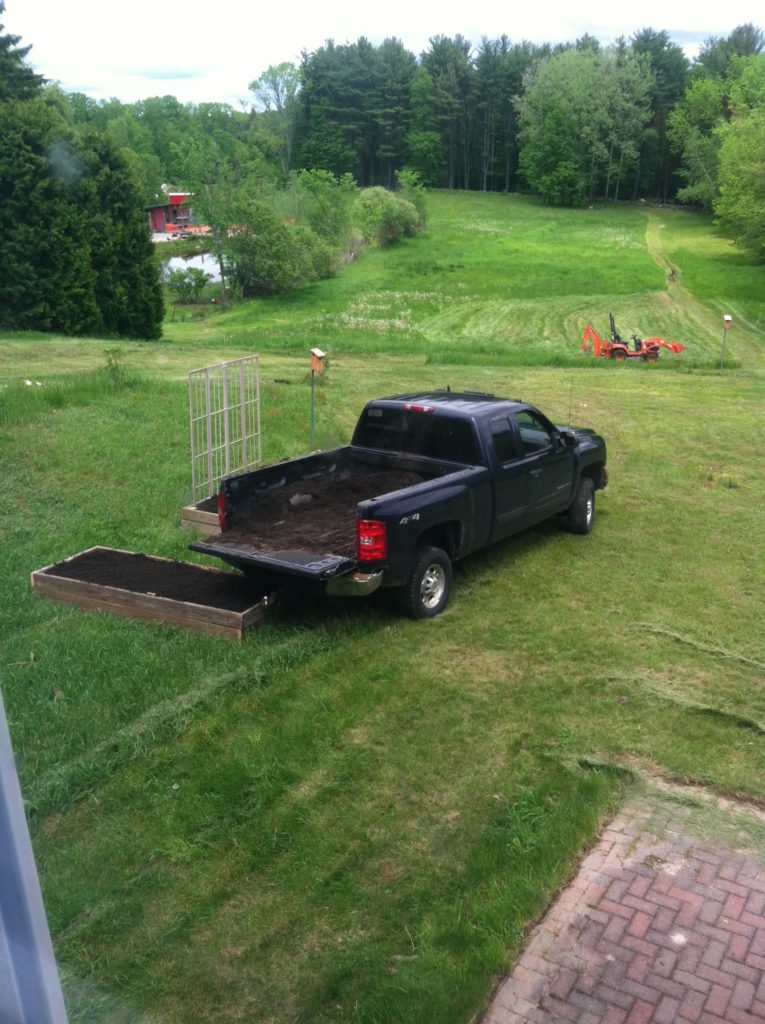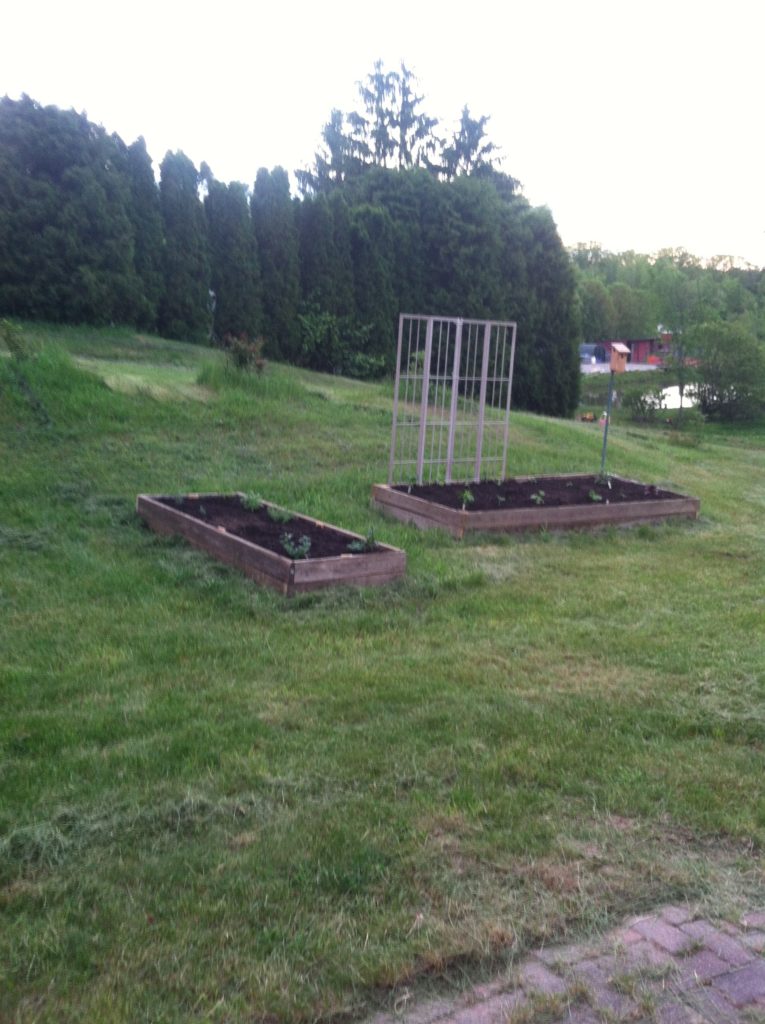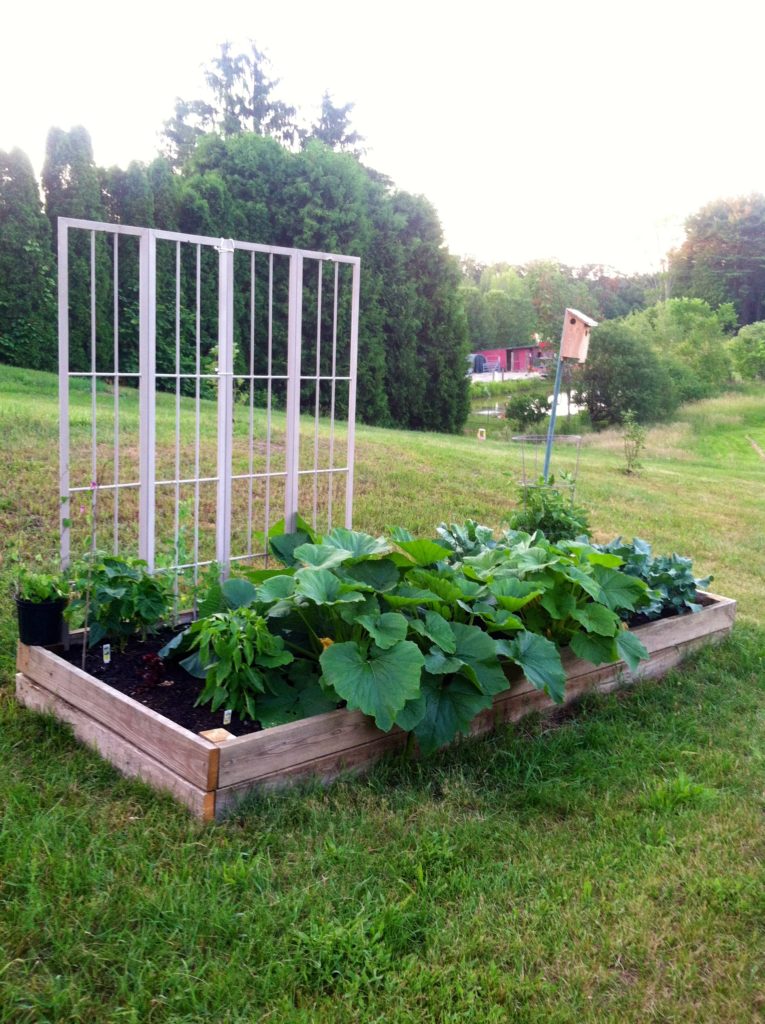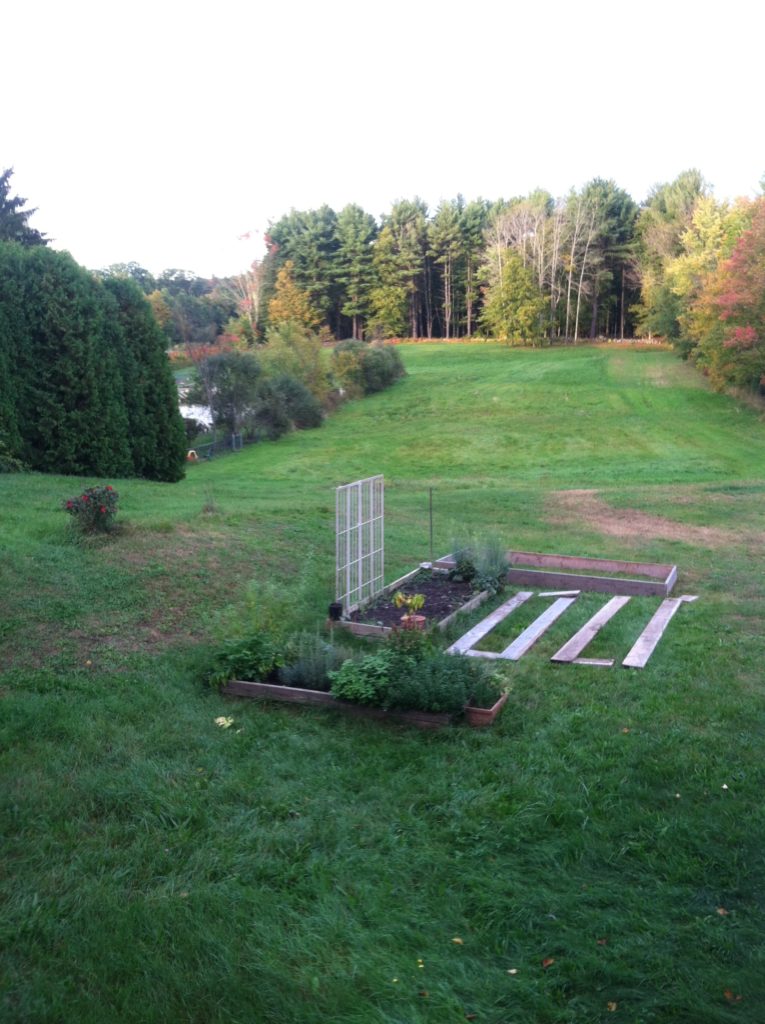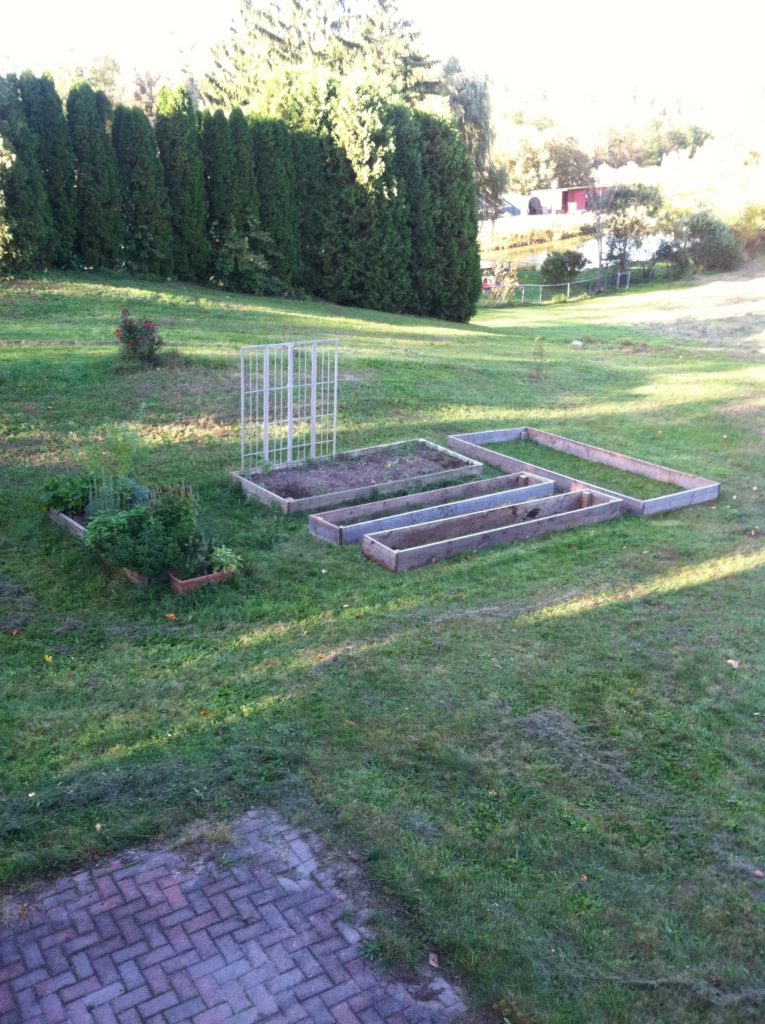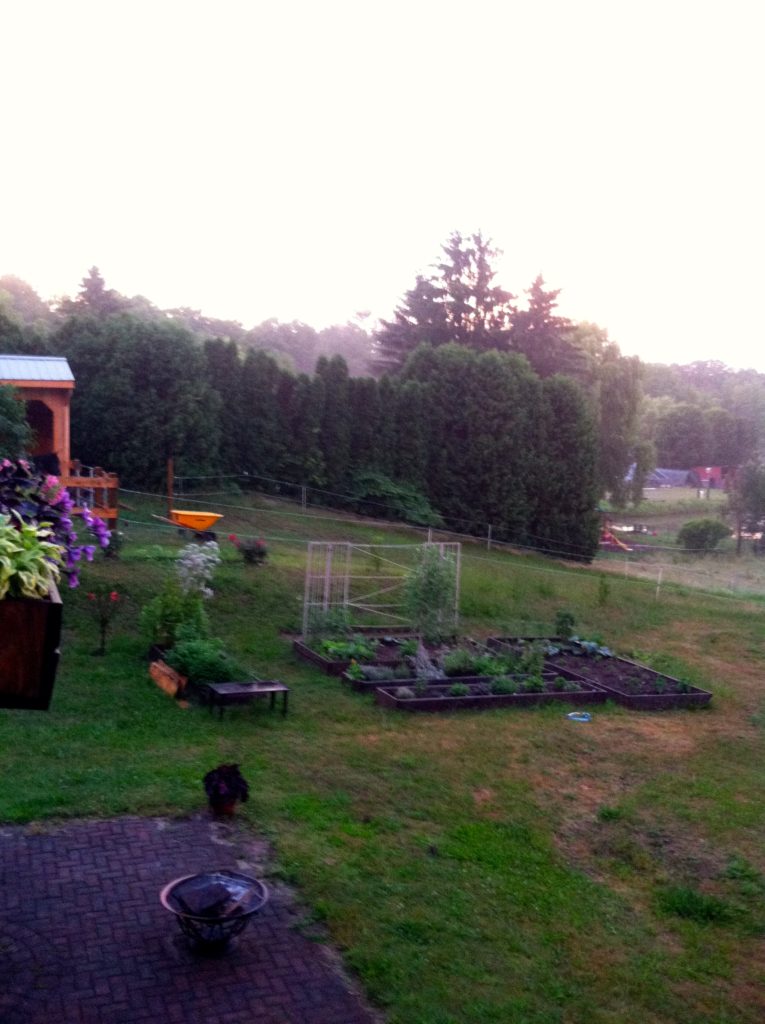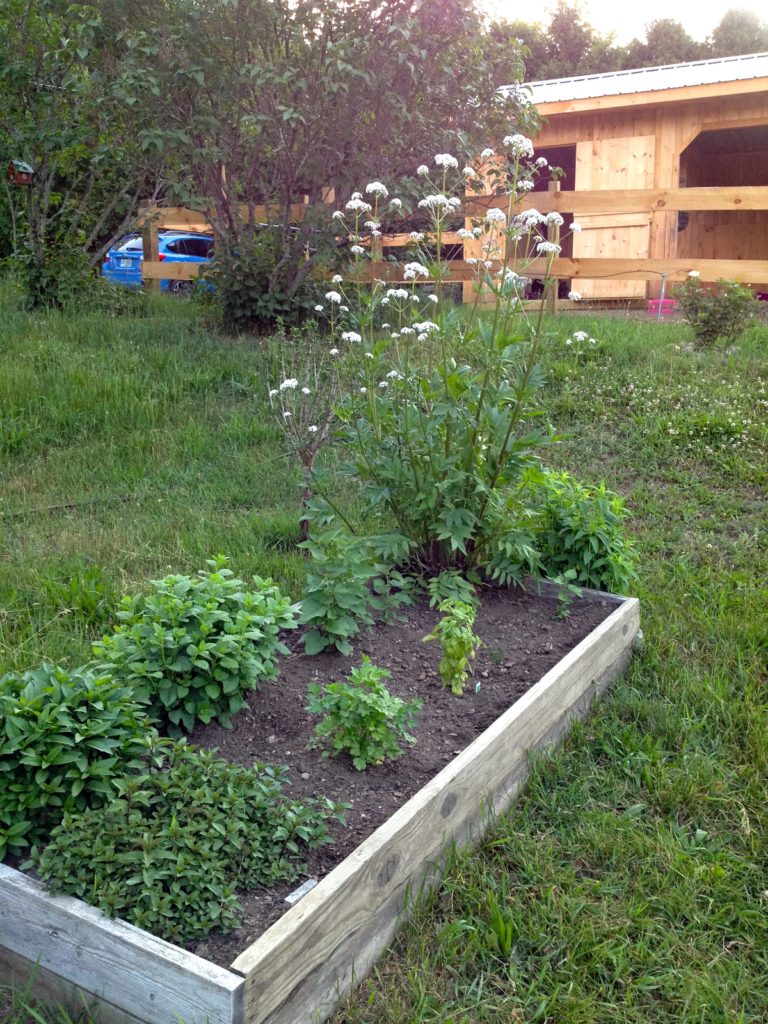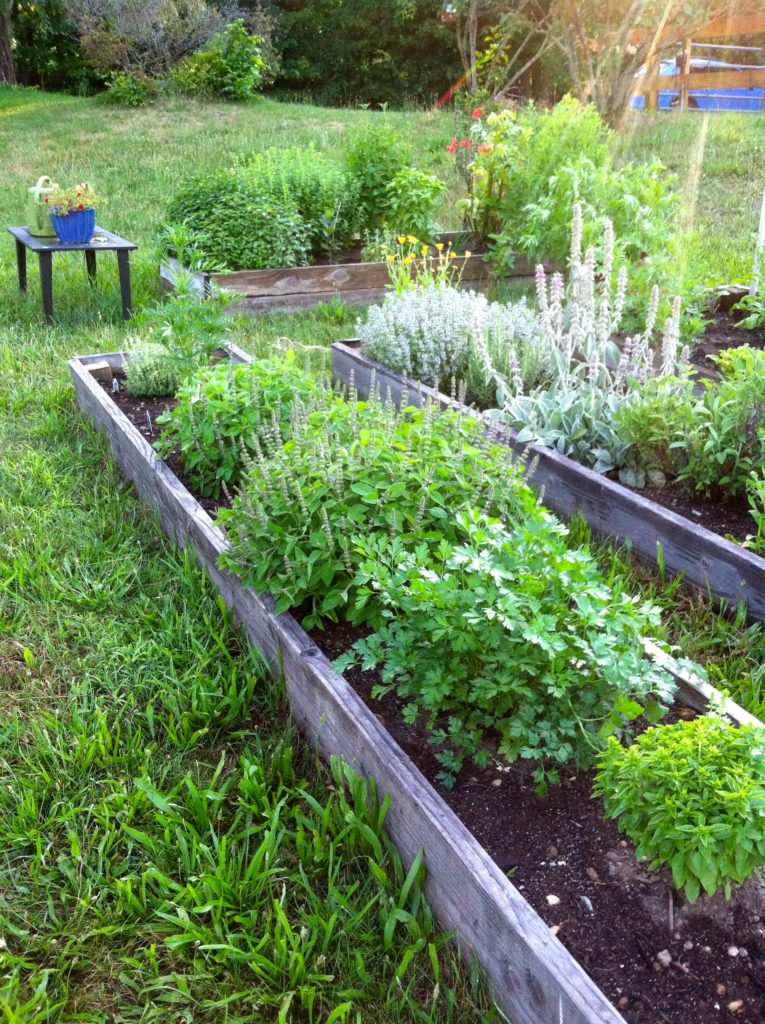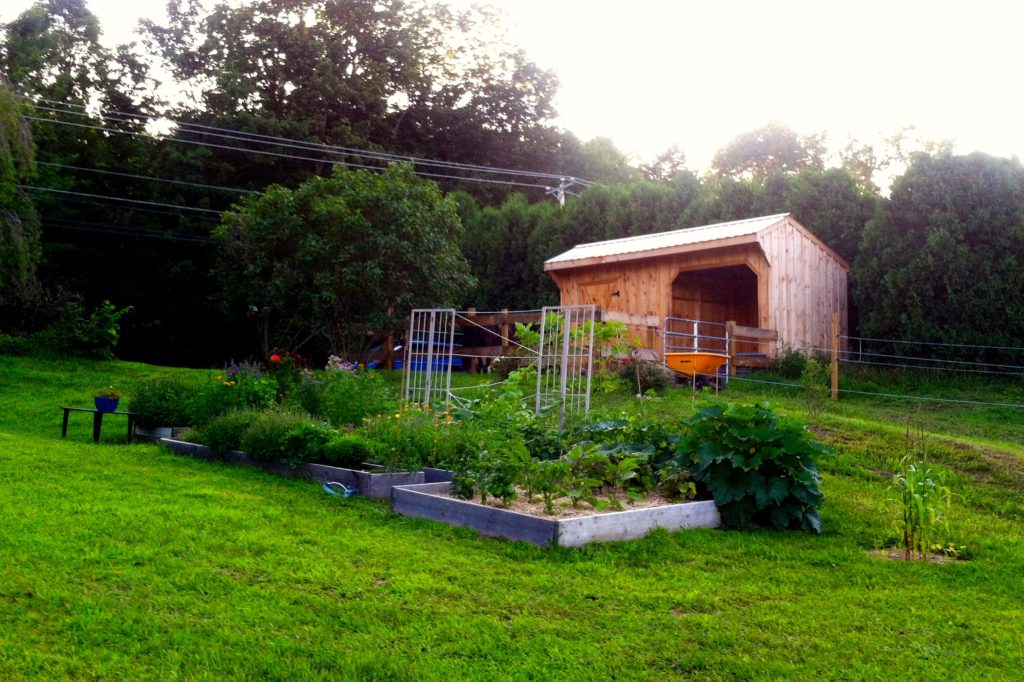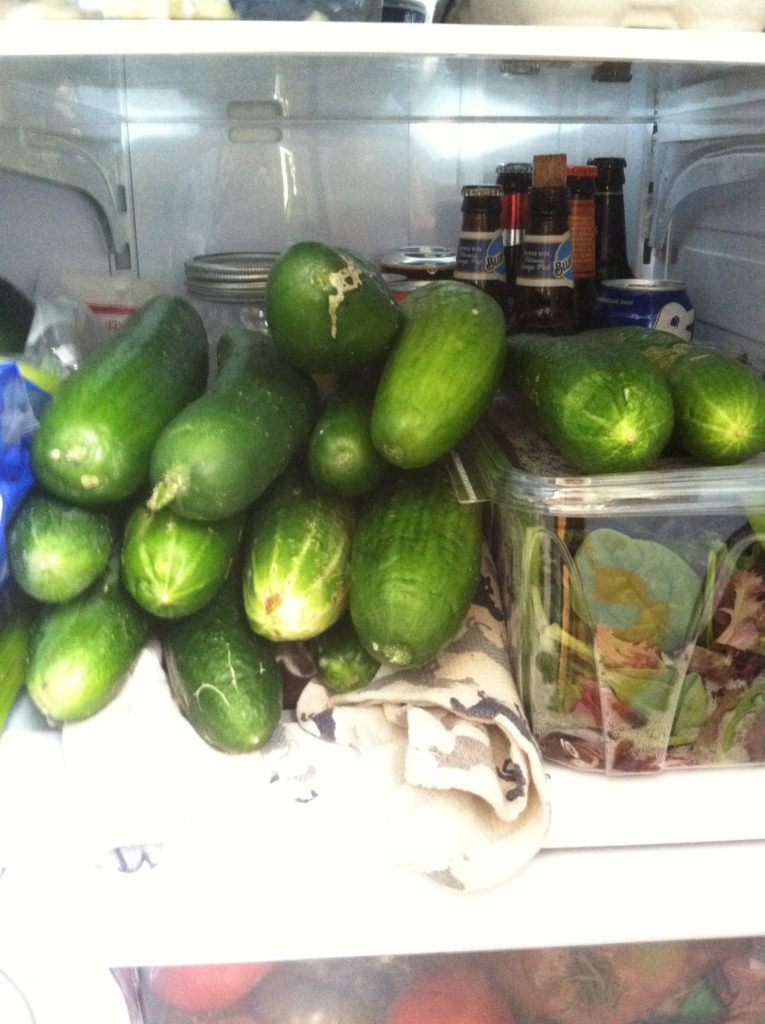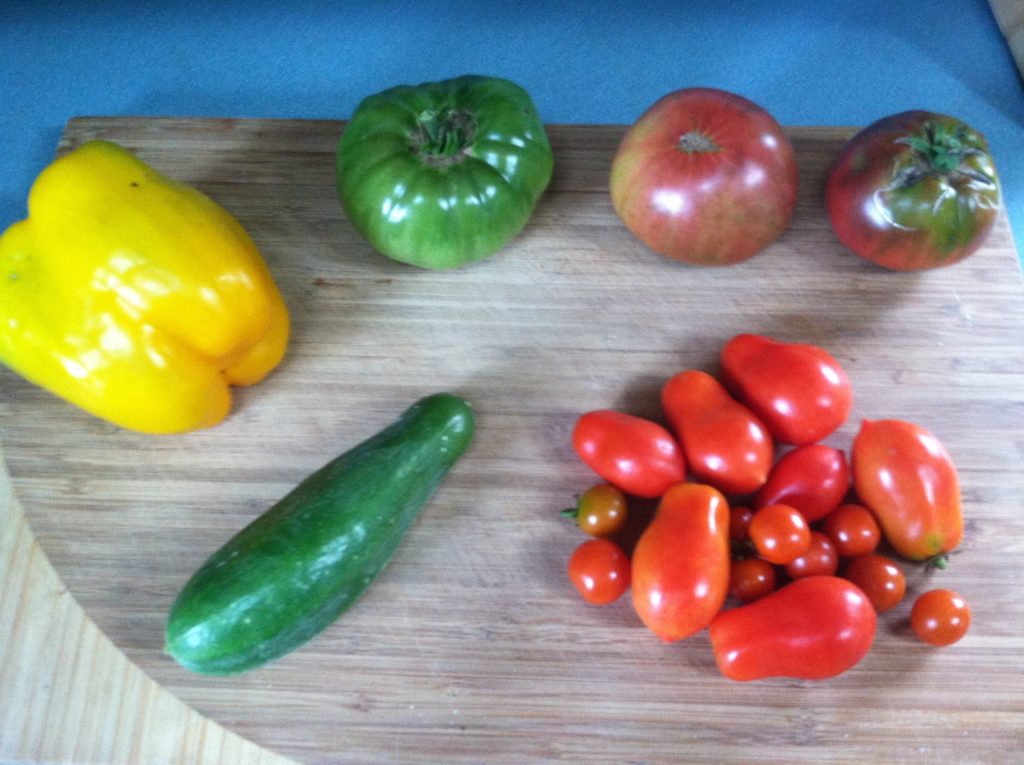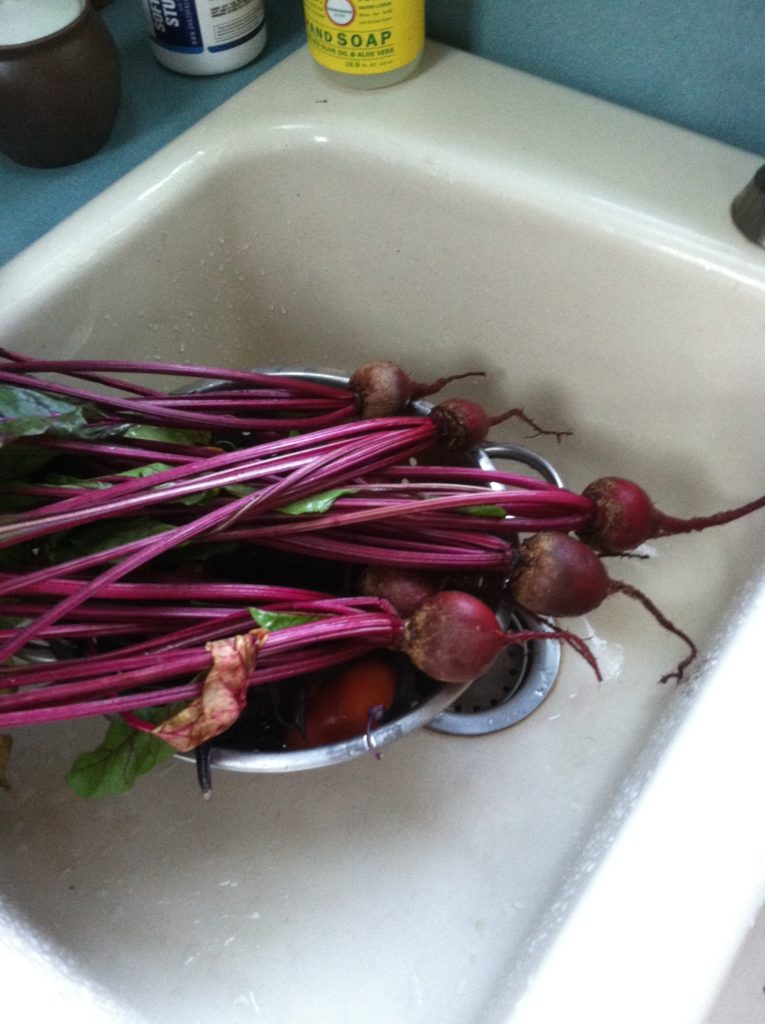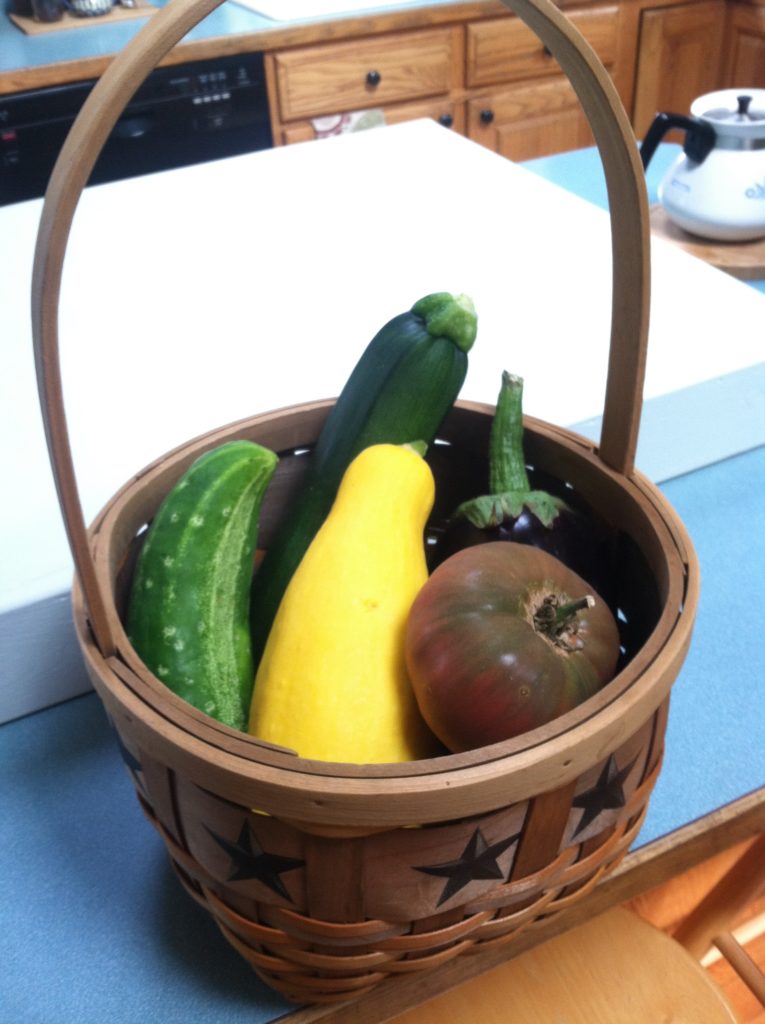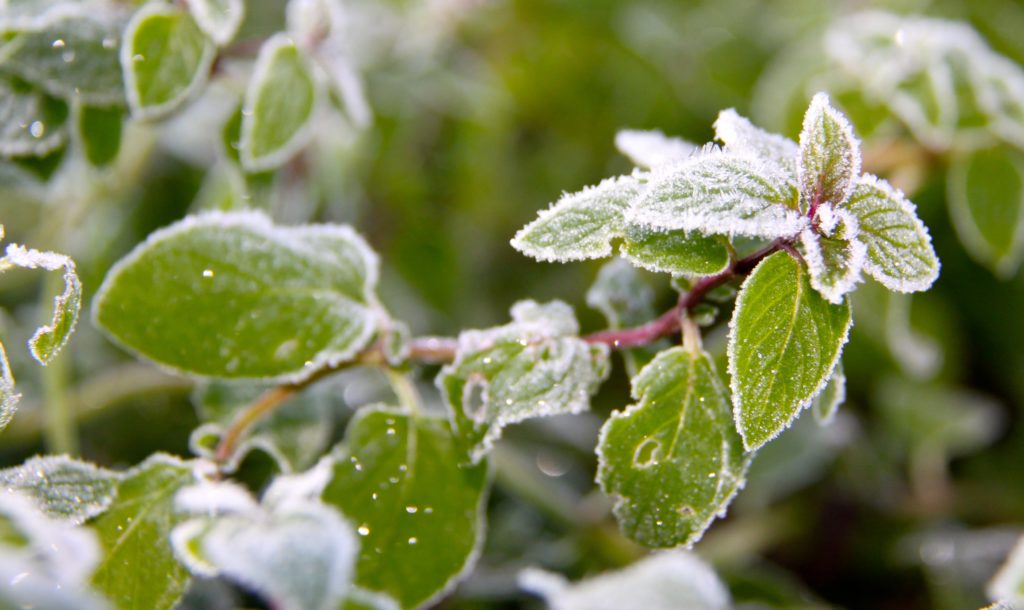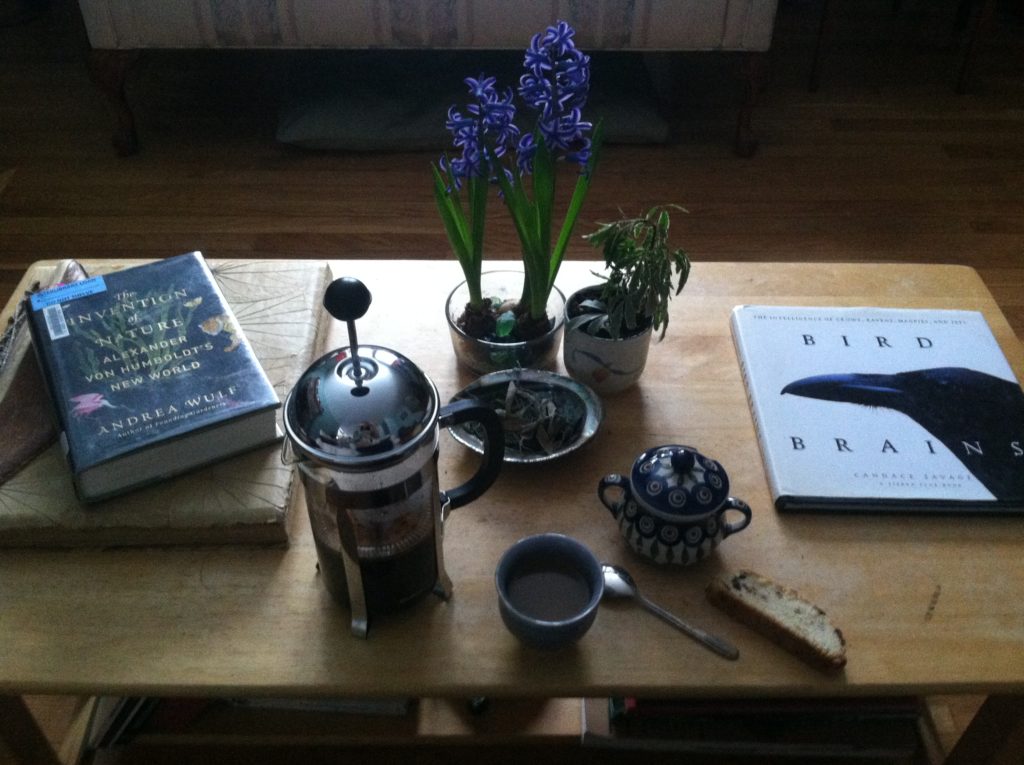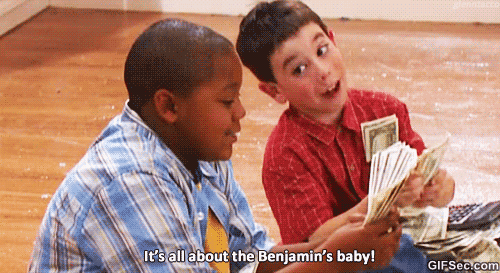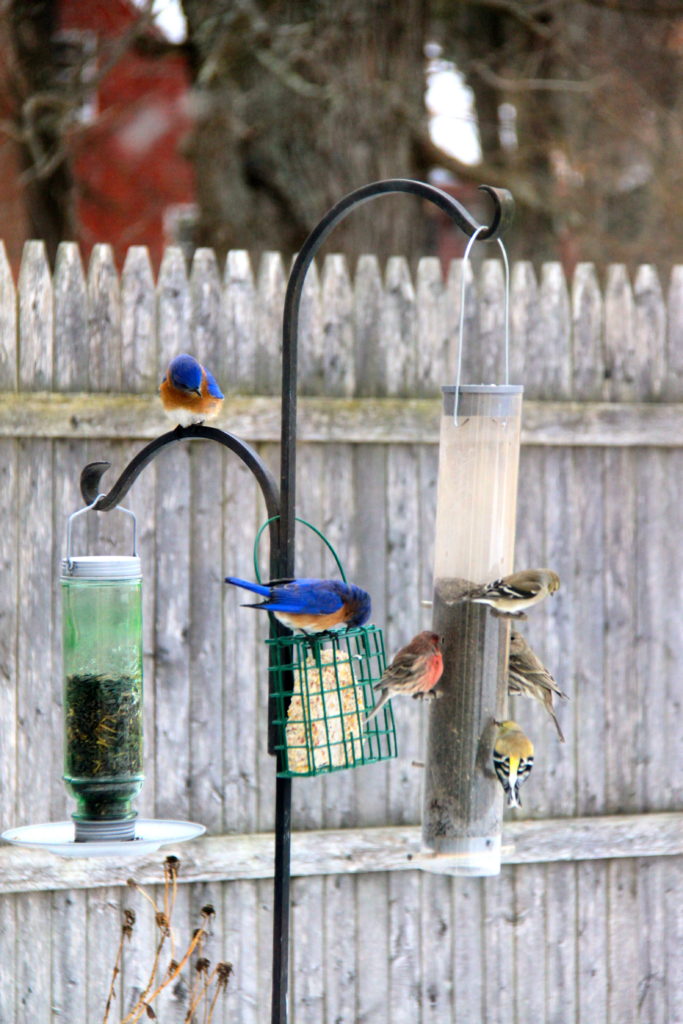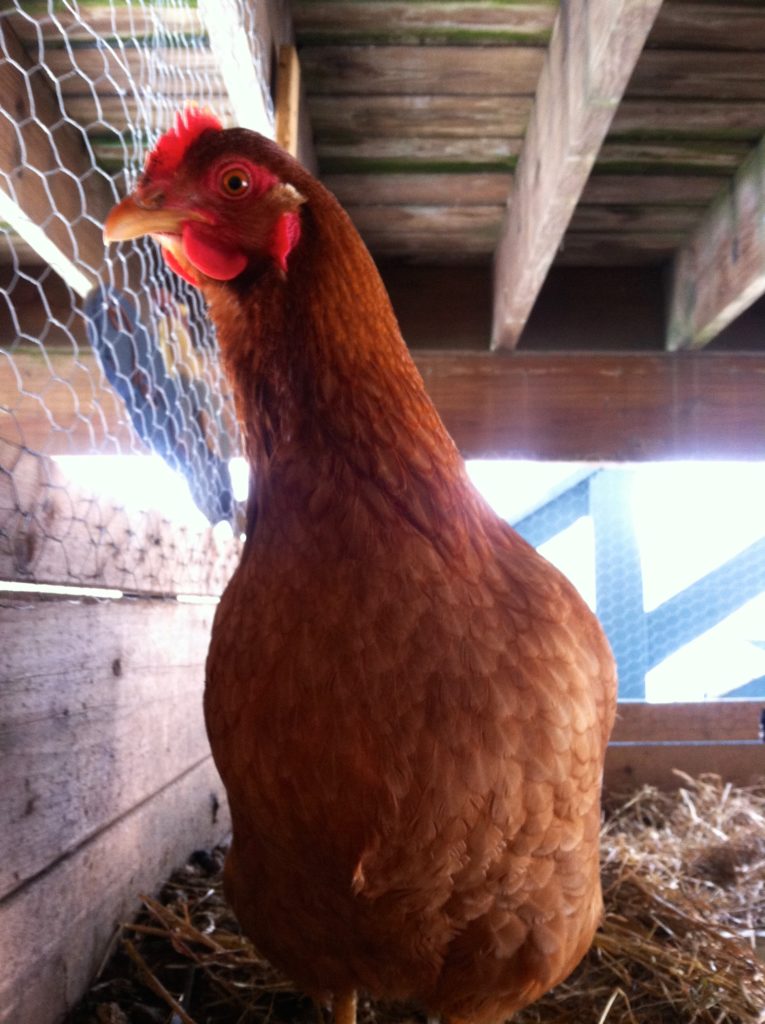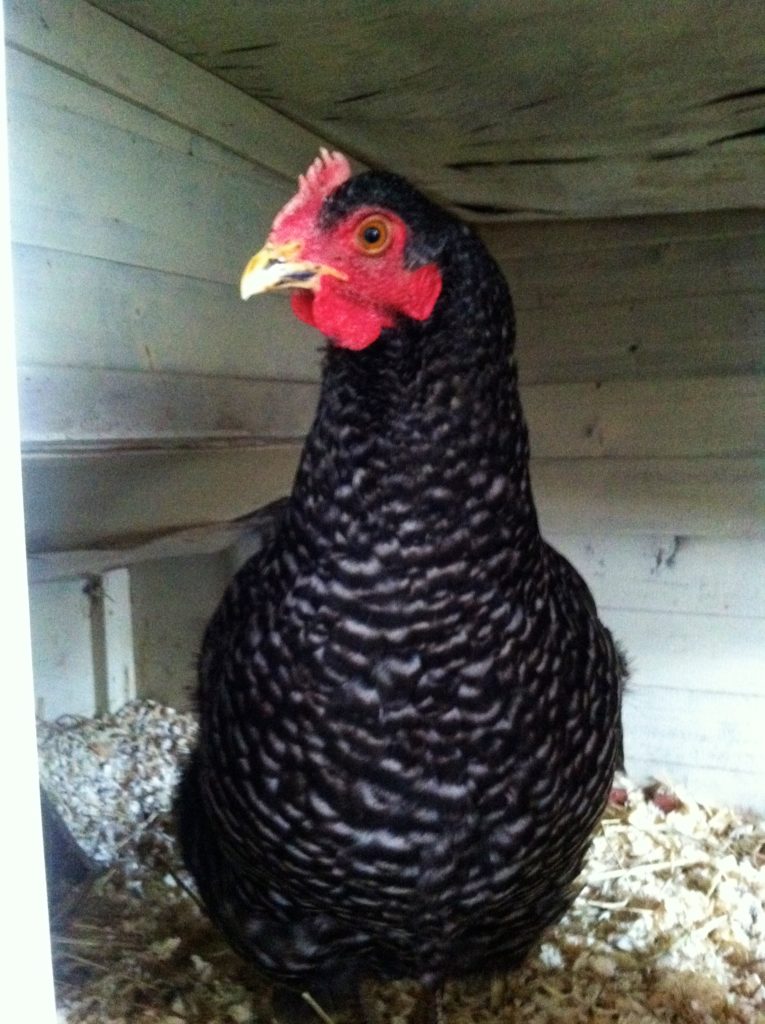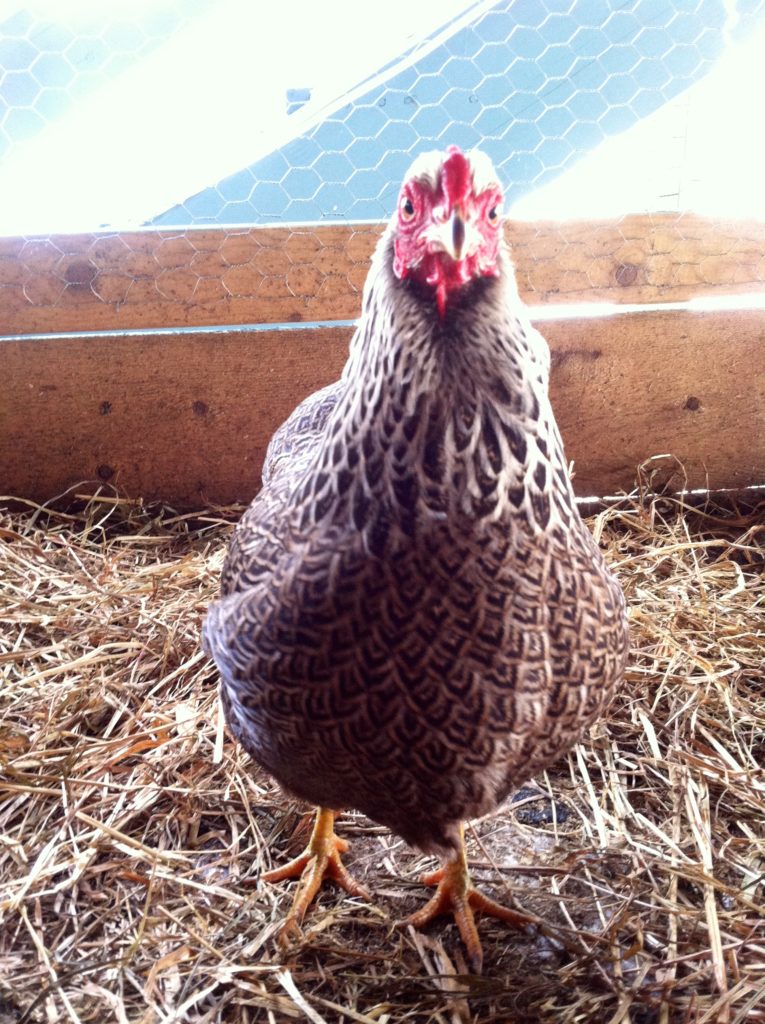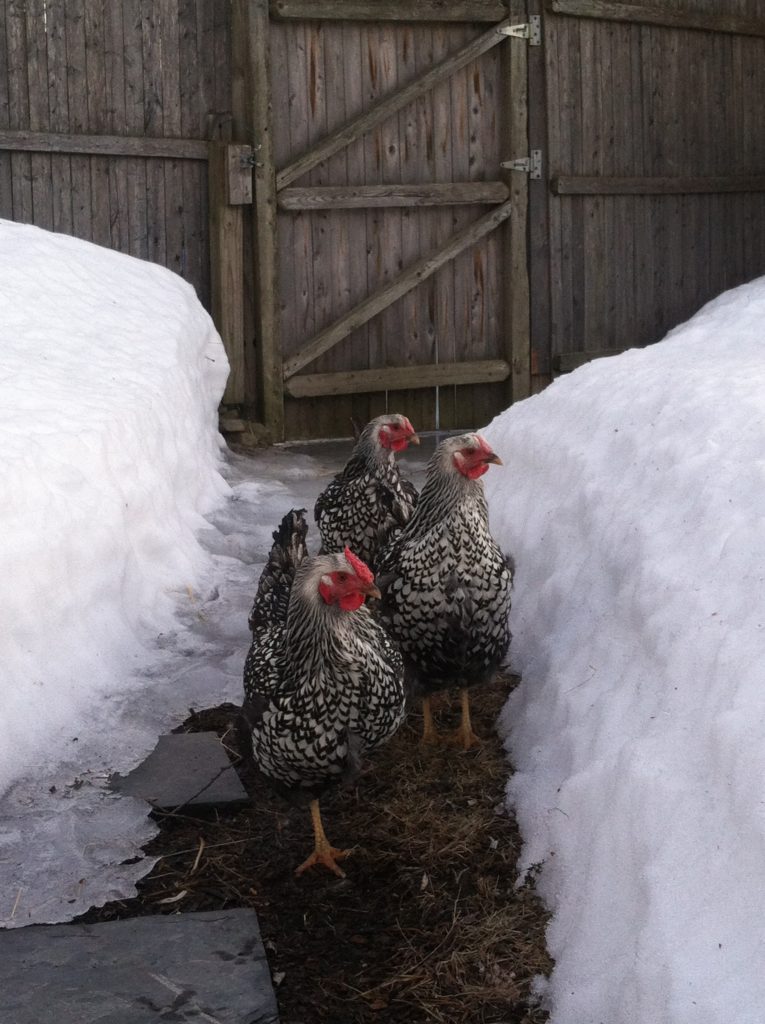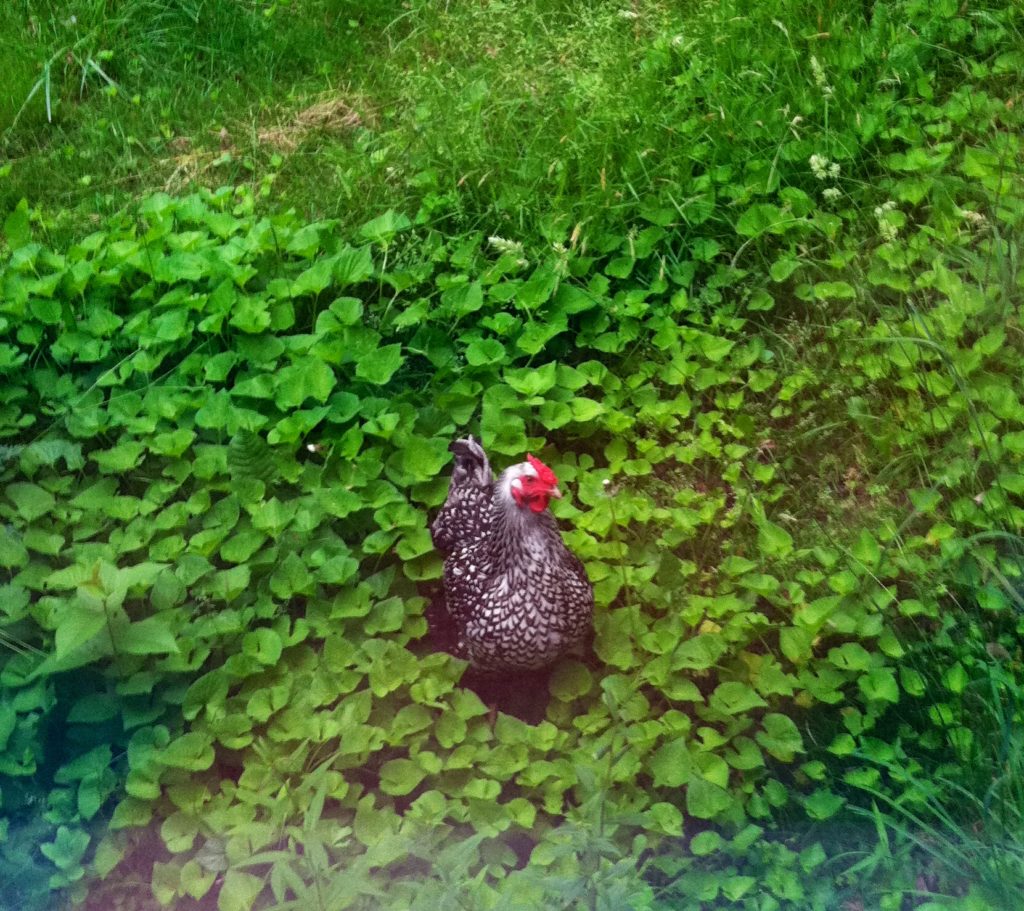People are freaking out. This virus has us self-isolating, social distancing, quarantini drinking, and stocking up on so-called necessities. Toilet paper, guys? Really? I started writing this post a few weeks ago when the current cry of our golbal pandemic was a mere whisper. Interestingly, I think this post is more relevant now which is why I’m choosing to publish it without near neurotic editing.
The day-to-day in my life has barely skipped a beat since our White House leader declared a National Emergency this past week. I attribute this mostly to the fact that I’ve learned to not only be comfortable with living on needs rather than wants (read: I am highly economical and err on the side of just plain cheap) but I also buy in bulk when possible. My purchases are always thoroughly examined (ask my mother, she refuses to go shopping with me for anything besides comestibles) and because I hate packaging, I purchase in large quantities to avoid superflous plastic wrap.
When the COVID-19 panic ensued, I took inventory, calculated usage and material availability, and followed up with a singular trip to the liquor store. I’ve since hit up Agway for horse and hen feed, but have yet to set foot in another retail establishment. I haven’t felt the need to and that comes from the way I think about my own existence on this little marbled orb we homo sapiens call home.
I am [We are] here on this planet for just a blink in time, and I’d like to leave this place with little tangible evidence of my existence when I’m gone. If I can contribute to a healthier environment, well, bully for me; if I can return to the soil having imparted only minute damage to said environment, I will depart with a conscience eased by clarity.
If the latter ideal appeals to you too, one of the biggest small changes you can do is shift your awareness regarding waste production. Fortunately there are simple ways of incorporating waste reduction into your current lifestyle. You don’t need to morph into a Prius driving vegan to effectively decrease your personal carbon footprint. No one is telling you to give up your current vehicle or completely alter your diet. Think of this adjustment as a stroll in the forest, not a sprint down Main Street (though you’d be surprised by how much Main Street has to offer in terms of low impact). Small steps made continuously result in the same covered distance as leaps and bounds but without the drawback of burnout or fatigue. The situation is this: individually, one person cannot reverse the damage currently afflicting the planet even if their leaps are awe-inspiring. An entire neighborhood, on the other hand, or a united community, state or nation, can absolutely shift the trajectory of global conditions, even if their leaps resemble bunny hops.
“Never doubt that a small group of thoughtful, committed citizens can change the world: indeed, it’s the only thing that ever has.”
— Margaret Mead
Want more incentive? Interestingly enough, many of the suggestions I’m about to drop are beneficial not only to the environment, but to your wallet as well. Help the planet while saving money? Mind-blowing, I know. Up front prices of eco-friendly products may seem elevated when compared to their single use equivalents, but the integrity of the former means there won’t be a replacement requirement in the near future. Investing in quality will save you money even if the initial purchase is more.
In the next few paragraphs I’m going to focus on food-related and cleaning-specific single use products because these goods are not only some of the biggest offenders of our planet’s health but also the easiest to replace with reusable alternatives. Ready? Here we go:
Sandwich bags, oy to the vey.
Consider this: A box of single use sandwich baggies costs approximately $4 (total count: 90) and a reusable sandwich bag by Stasher or an online Etsy wizard will run between $4-$13.
With me so far? Say you are one of those people that take a sammy to work daily. There are approximately 52 workweeks in a year so 260 baggie opportunities at a Monday through Friday kind of job. Many of us use these same style wrapping accoutrements for snacks too, so let’s increase that number by just a third, allowing for the occasional soup or salad alternative, vacation break, or pre-wrapped goodie. With that last equation we are up to about 346 bags used annually…
I’m no mathematician, but I’d wager spending $8-$30 on two reusable bags that could very possibly last for the duration of your work career will cost less than purchasing new single use bags over the course of that same time period. If you’ve got kids, imagine the savings there. And if not the savings, think of the amount of plastic that won’t be in the landfill on your dime. The same theory applies to reusable shopping bags. I use the word shopping rather than grocery when pertaining to reusable totes because folks, those cloth bags are capable of more than just lugging produce and pasta. Use them wherever you go and refuse the plastic at the shops.
Straws and eating utensils: Bamboo or bust, baby, as far as I’m concerned. Bamboo is inexpensive, sustainable to grow, easy to clean and holds up far longer than I ever expected (bamboo is a grass after all). My bamboo utensils are going on seven years now and while I have had to replace a few, sand a few (not common I’d wager since I’ve only had to do it with 2 spoons in the span of those seven years), sacrifice a few (bamboo can be porous and odors can permeate their surface after time), the cost of replacing them is pennies and they are biodegradable so if and when their use has diminished, I have no problem tossing them in the hard compost or more often than not, placing them in my kindling drawer for a future blaze. I have recently swapped my bamboo straws for a collapsible metal and rubber allstar because I grossed myself out a few months back when I realized my uncovered straws were chilling at the bottom of my handbag alongside my truly disgusting wildlife rehab gloves…not okay. My new straw comes in an impermeable travel container and the mouthpiece is rubber, which I love. There’s nothing eco-savvy about chipping a tooth on a glass/metal straw and I avoid that possibility by using soft materials like bamboo when at home or my telescope straw when on the go.
Alternatives to bamboo utensils:
Hardwood: much more expensive because of the labor required to produce them. Still susceptible to stains and odors. Lightweight and easy to transport as well as biodegradable.
Metal: heavier to transport but resistant to stains and breakage and lasts, well forever ( or until you misplace it). Metal is the utensil material most people have in their drawers at home. Can be repurposed through heat or ingenuity (my coat rack in comprised of old metal spoons and forks!).
Bioplastics: the same look and smooth feels of plastic, plus fun color choices but made from the byproducts of plant materials like sugarcane fiber rather than petrol. Light My Fire of Sweden makes fantastic products you can feel good about purchasing even if they’re not manufactured stateside. Biodegradable over an extended period of time and optimal conditions.
Food Packaging and Preserving
When out for meals: I used to be uncomfortable fishing my Tupperware container out of my bag at a restaurant. It felt weird, I looked weird, but guys, I got over it and you can too. On the occasion that I forget my own, I request a sheet of aluminum foil as an alternative for carrying out a leftover burger or sandwich and have even wrapped up a salad like an origami master with the same material (to the delight, or embarrassment, of those present). I used to lug a Pyrex container with me but have since switched to a collapsible silicon alternative I originally purchased for camping. It folds up nicely to fit in smaller spaces like a backpack or a handbag. Bringing my own reusable container reduces the need for a restaurant’s provisioning of standard plastic or Styrofoam substitutes.
At home and daily use: My cupboards are filled with odds and ends regarding containers. I have an awesome Pyrex set in varying sizes and approximately 900-tomato sauce and pickle jars at my disposal. I bottle a vast percentage of my leftovers and it’s not uncommon to believe at first glance that my entire refrigerator is made up of tomato-based canned goods. I don’t remove the labels but do boil out the residues to remove lingering odors. I fill my jars with soups, salads, cut fruit and veggies, smoothies, purees, rice, and the likes. I use the Pyrex containers for meats and pastas and other items that either won’t fit in a jar or won’t exit the jar easily once in there. I use these jars in the fridge and in the freezer (being sure to leave room for expansion if contents are liquid) and my favorite part about them is they cost me nothing beyond the price of whatever was originally in them.
I transport soups and salads in these jars for lunch and pack one of my collapsible bowls alongside a cloth napkin for serving purposes. Dry snacks go in cloth pouches, sandwiches are wrapped in beeswax cloths or newspaper, trail mix is packed away in a little jelly jar, and at the end of the day when I return home from the mountains or a job site, I have a lunchbag filled with items that end up in the sink rather than the landfill. For overnight activities that require more than just a lunch, metal containers are less weight than glass, and I do still resort to old Tupperware containers when even the tin is too heavy in bulk. I save the plastic bags that bread comes packaged in and use these often to stock up on dry goods or freeze individual cuts of meat.
Food: Buying in bulk is difficult but not impossible. I don’t shop bulk often because the locations that offer the products I’m seeking are a bit far from home. Some places for you to consider depending on your location are the Concord Food Co-Oop, A-Market (Manchester) Monadnock Food coop (Keene), Granite State Naturals (Concord), and Earthward (Amherst). Hannaford also has a small bulk center as well as a growing holistic lifestyle department. Opt for products that aren’t double wrapped in plastic and bring your own produce bags. Cashiers take the items out of the bag more often than not to scan them so don’t worry about your bag being transparent. I have several that are made from old t-shirts and leftover fabric from long ago crafts.
Drink: Between the plastic bottle and the plastic cap and this country’s inability to provide safe drinking water, it’s no wonder our landfills are inundated with this single-use item. Invest in a water treatment plan for your home if you haven’t already. If you have reason to believe your water isn’t safe, drinking it should be the least of your concerns. Showering, and more specifically, inhaling the steam produced from said shower is just as dangerous if not more so depending on the condition of your water. Cooking with water, using it in your coffee maker, even washing your dishes with it… water kits are well worth the peace of mind a $30 lab test can provide. If you must purchase water, purchase it in jugs rather than bulk 8 oz. bottles. Less waste is the goal here, remember, and a jug can be used to fill a reusable water bottle.
I have always been a huge fan of the Nalgene small-mouth water bottle. I never kicked that college habit of covering the sides with stickers although I did upgrade to a cleaner, BPA free option back in 2014. I use it only for water because cleaning a small mouth is difficult if not impossible to do, not to mention I can’t really see the interior now that the exterior is covered in layer upon layer of adhesive memorabilia. Plastic alternatives range from metal to glass and depend on how rough you are with your water bottles. Mine gets dropped in the dirt, tossed in the car, and has made it back and forth across this country numerous times without damage. I have a metal back up that is 3 years younger and looks way worse for the wear plus it makes water taste tinny. I never got into the glass water bottles because of my dentophobia but they get great reviews. Make sure you’re buying authentic or original brands like Life Factory when it comes to the glass containers. Many that are sold online are manufactured in less than reputable work conditions with cheap materials. Background check before you make purchases on items available with just one click and aim to purchase locally if possible. The less your product traveled from its manufacturer, the smaller its carbon footprint.
In and around the kitchen cleaning wise:
Paper Towels: It’s a running joke that whenever I host a party, my mom brings along a roll of paper towels. I don’t keep them on hand here at Sweetbirch Homestead, because once I stopped using them five years ago, I never felt the need to go back. Old fabric has been a perfect replacement, with ragged towels and outworn t-shirts making up the bulk of my clean up kit. I know people who have gone through the work of sewing squares of absorbent cloth materials together, attaching them at the corners with Velcro, and then rolling them together so they can be ‘dispensed’ like actual paper towels. I applaud the concept but prefer to just keep mine in stacks under the kitchen sink and tucked away in the bathroom vanity. After they’ve been used to clean up whatever mess I’ve created, they are hung to dry under the cabinet on a specific hook I have reserved for dirties and are then tossed into the laundry bin to be washed and then reused again and again. The only time my cloths can’t hold up to the job at hand is when I am making creams or hosting a boiled supper. The grease from the oils involved on both occasions is not something I want to put in my washing machine, nor is it something I’d recommend putting in yours. In these instances I’ll firstly wipe with newspaper and then go in for a nice swipe with a paper towel or two, (courtesy of Mum). Hand drying is done exclusively with hand towels.
Sponges: We are so used to these silly things that anytime some kind visitor offers to do the dishes they can’t for the life of them figure out what to use until I present the knitted cloth square they overlooked. Sponges in the US, my friends, are rarely biodegradable. If they come in any color besides brown or white you can be pretty darn sure that they are made from plastic and are here to stay even when thrown away. The earth friendly options are expensive and break down while you’re using them, which is a great indicator that they are in fact naturally derived (typically from plant cellulose or coconut husks), but they need to be replaced frequently. Wool, on the other hand, does not. Sheep’s wool is naturally antimicrobial and mildly abrasive. It cuts through caked on grime and doesn’t seem to harbor odors. If they do, a good soak in a bath of boiling water with some salt and essential oils does the trick (tea tree is great for this). Also worth mentioning is that if your wool squares are not caked in grease, they can always take a spin in the washer. To clarify, you can purchase premade wool ‘sponges’ on places like Etsy or you can knit a few small squares yourself from scrap bulky yarn. It’s important to note that wool fibers are antimicrobial, biodegradable and sustainable; synthetic wool materials are not.
Dish soap and cleaners: I have yet to attempt making soap. I’m not super into the idea of playing chemist with the lye and I already have a brand I rely on. Seventh Generation is a Vermont based company that does one heck of a job creating excellent products that are both ethically sourced and sustainably produced. Their cleaning merchandise works as well as any commercial brand but without the chemicals, carcinogens, and parabens that can lead to polluted waterways or worse. Not sure how your current cleaners stack up? Check out this site where products are rated and their chemical constituents are examined here.
The packaging for many of Seventh Generation’s products is made from 100% recycled plastic, which is wonderful, but their cardboard-based laundry detergent containers are a thing of greatness. Seventh Generation is the brand I turn to almost always when I can’t make it myself. I buy their toilet paper, tissues, and cleaning products regularly and when I’m hosting for a larger crowd and don’t have enough cloth napkins to go around, Seventh Generation has me covered there too, offering unbleached, 100% recycled paper napkins too. The only thing that could be improved upon is the plastic wrap currently securing their paper products. With hope a solution for this is on the horizon (bio-film and shellfish chitin will be on the market soon, I’m willing to bet) and when it is, I’d wager Seventh Gen. will be in on it.
Garbage Bags: This is a tricky one that I’d love to answer with a simple, “Just purchase compostable alternatives!” Well, without getting into the nitty gritty details, I’m only going to say that composting is an art form and our current waste management system is a far cry from Rembrandt. That said, compostable trash liners are an improvement to their plastic counterparts, but while they aren’t made from petrol, their manufacturing process may require just as many resources.
At my house, I firstly use naked (unlined) 3-gallon garbage bins that fit under the sinks of both the bathroom and the kitchen. When they are full, I transfer the rubbish into an empty grain bag, always handy thanks to the feathered flock. Sometimes I will line the bathroom bin with the plastic packaging my toilet paper comes in, but I only need to replace that occassionally. If there is residue in the actual bin, I simply rinse it out with soap and water and let it air dry. My trash is rarely if ever wet or malodorous because I readily compost here at Sweetbirch. If I have something like grease or a spoiled oil, I pour it into an old bread or chip bag and tie it up before depositing it in the bin. Using naked bins means I don’t need to purchase any liners plus I give new life to a grain bag that was already headed to the dump.
If you are able to compost your own food scraps whether by tossing them in a designated spot in the woods, feeding them to backyard poultry or pets (guinea pigs and bunnies love veggie greens but check with your vet first regarding safety), or actually converting them into soil with a defined structure, compost away without reservations! You will be amazed by how little ‘trash’ accumulates in the waste bin when food materials are diverted. There are hundreds of resources out there pertaining to compost 101 and many cities now have curbside compost pick ups. Check it out and place food scraps where they belong, back in the dirt and far from the landfill.
Another little trick I’ve picked up that reduces my need for a.) liners and b.) taking out the trash: Any time I have a wrapper left over from snack bags or packaging, I roll it up or fold it into the smallest shape it will allow. A chip bag gets folded until it is approximately an eighth of the size it was when full. When you crumple things up they expand in the trash and thus, take up more space. When you press the air from within these bags and containers, then roll or fold them tightly, they become significantly smaller in size and are easily tucked into a small bin. I go literal weeks without needing to transfer my upstairs bins to my basement bag. I am a party of one so understandably my trash accumulation is low, but I encouraged my kindergarten class to take the same steps with their trash and the results were the same. Folding and rolling works (Still debating this? Compare the size of your laundry load before and after it’s been neatly folded…).
Since I’ve been handling my waste quite personally in an effort to reduce it, I recognize how many bags and boxes I can repurpose or reuse rather than simply dispose of. These new travel bags or office organizers may not be fancy, but if they fit a need and remain out of the landfill, I don’t see a problem. Take a moment to pause before you crumple up your waste, you might be surprised at what you can do with it.
We’ve become quite accustomed to our throw away society. If it’s broken, buy a new one, is a common [consumerist] concept in today’s culture. Decades ago that was not the case; products were manufactured to last, constructed of parts that could be repaired rather than replaced. Luckily, there are still companies that support and produce product investments. Must we all make the change, expend the effort, and forgo our much deserved leisure time to research and referencing, product integrity, and corporate standards? Most certainly not. Fortunately, small changes can lead to substantial ripple effects and even the tiniest of shifts in consumerist ideals can be the change that resonates with our environment, our country, and our planet.
Stay tuned for more mind musings as the current state of the world opens up some time for typing. Be well, dear readers, and wash your filthy hands 😉
